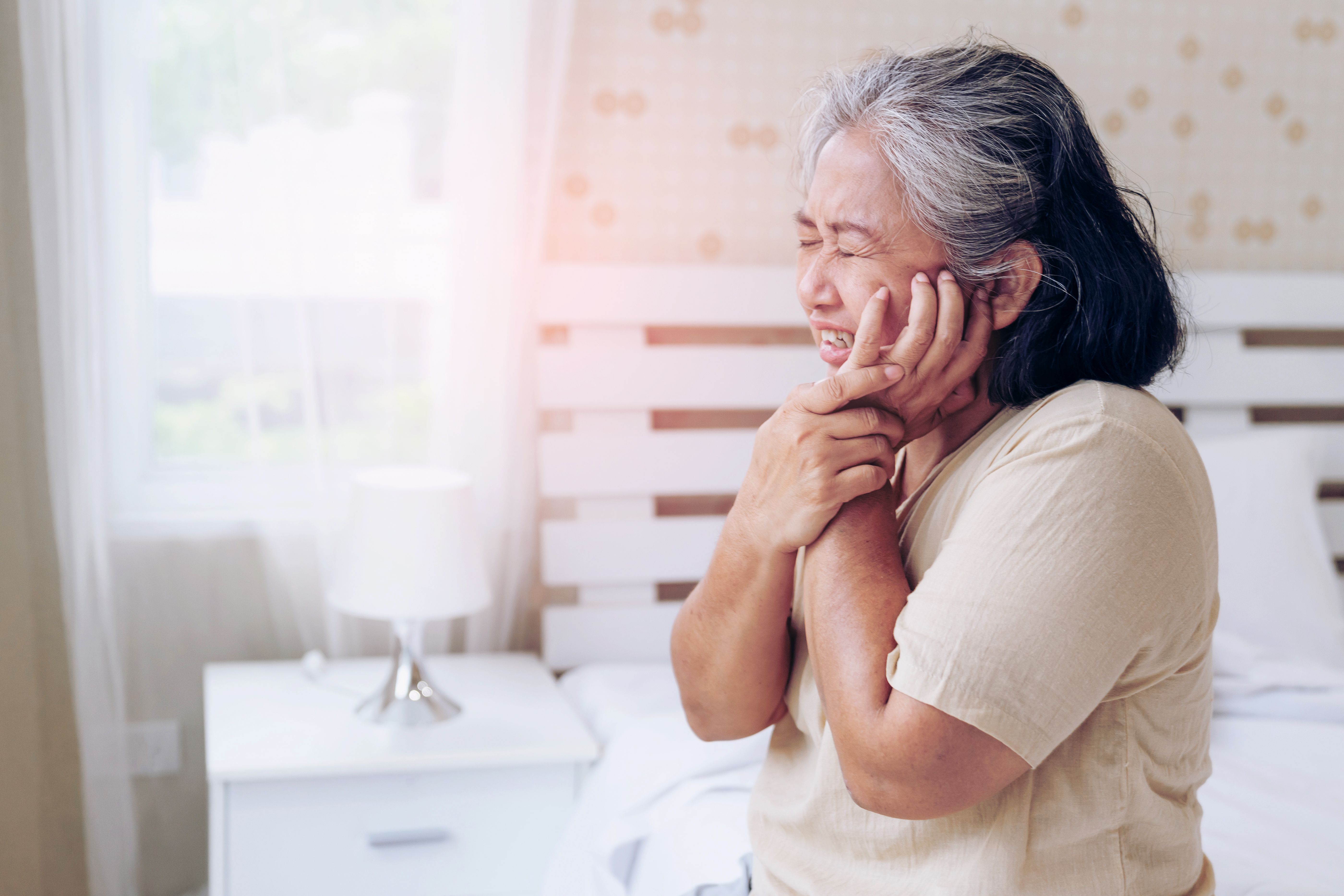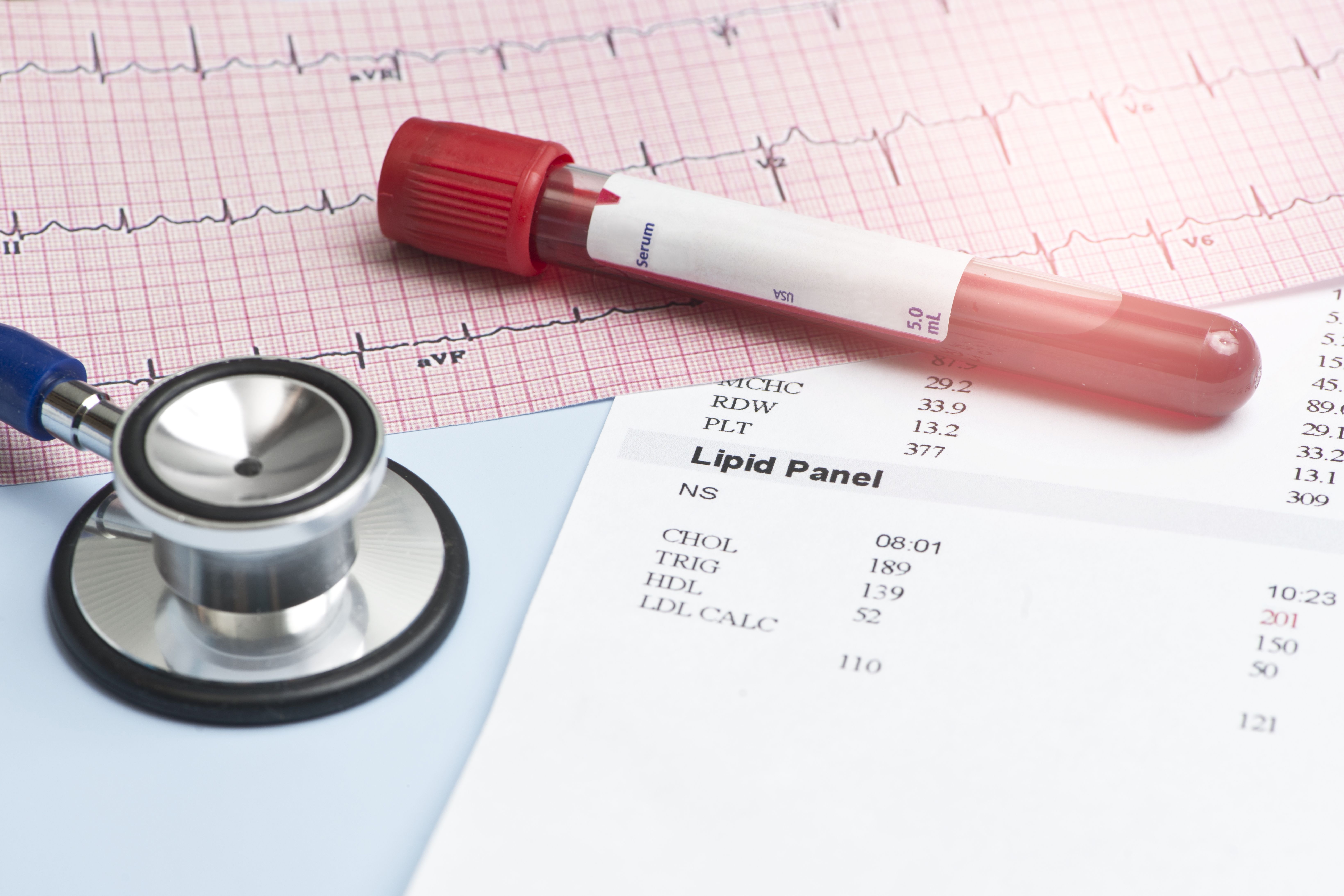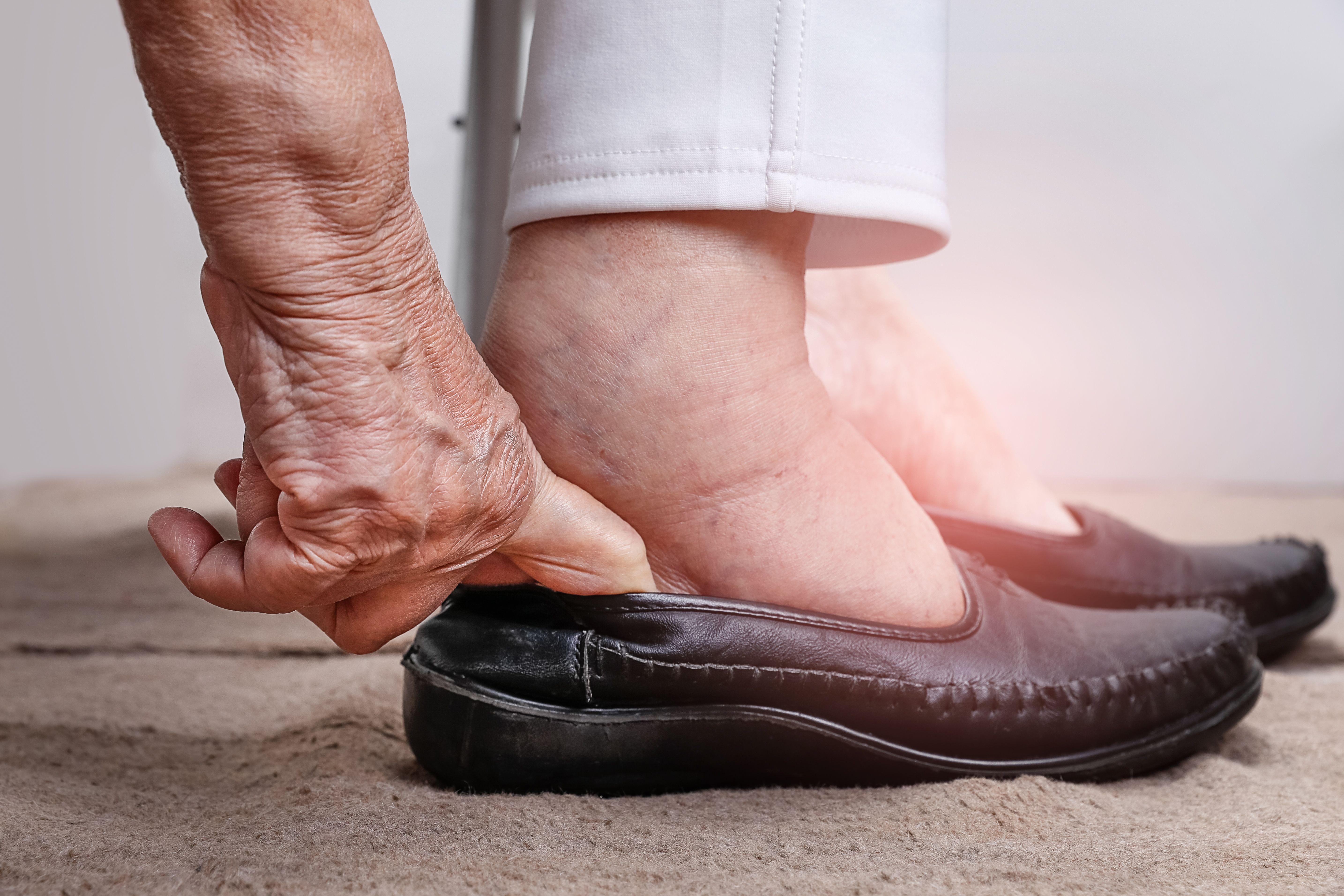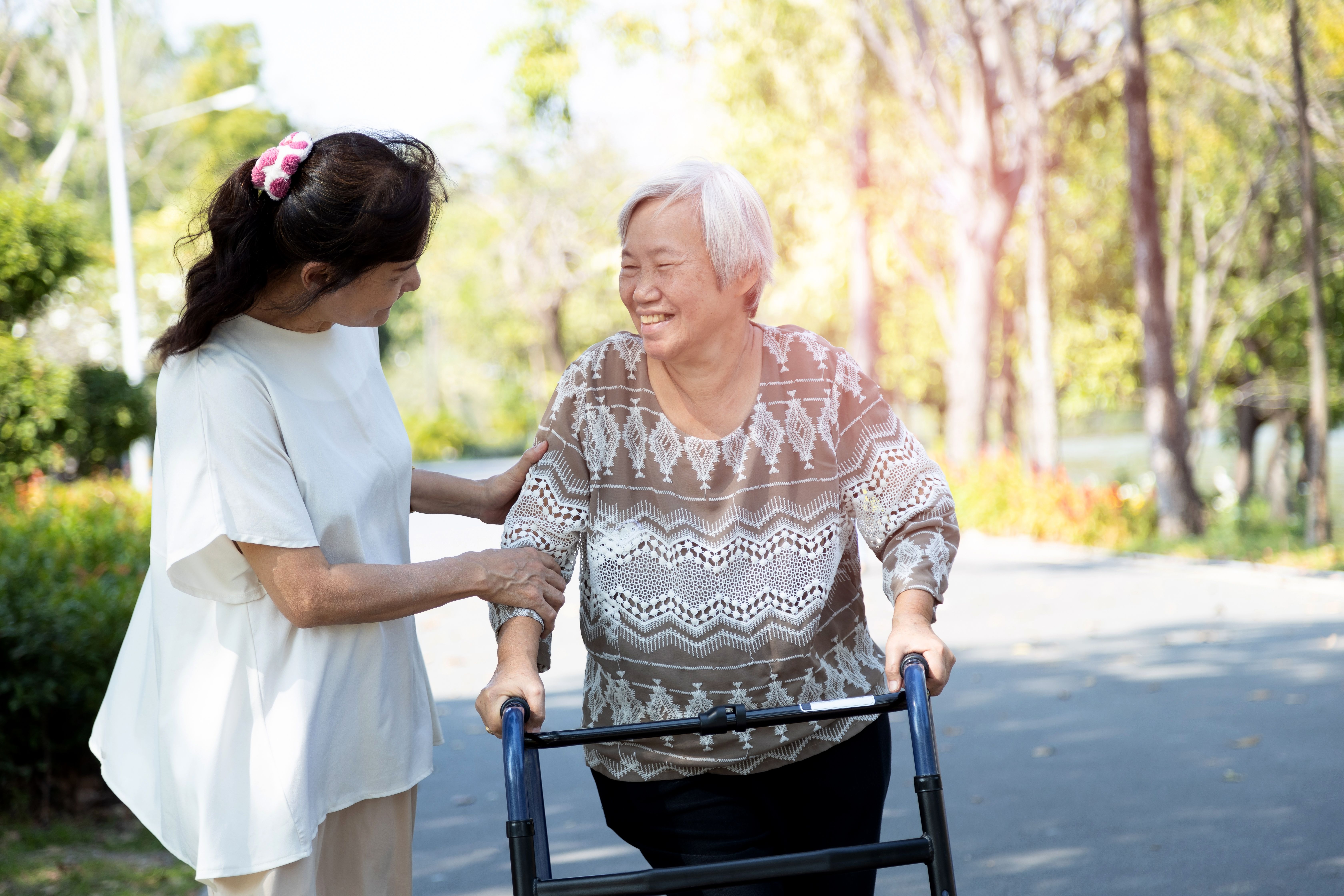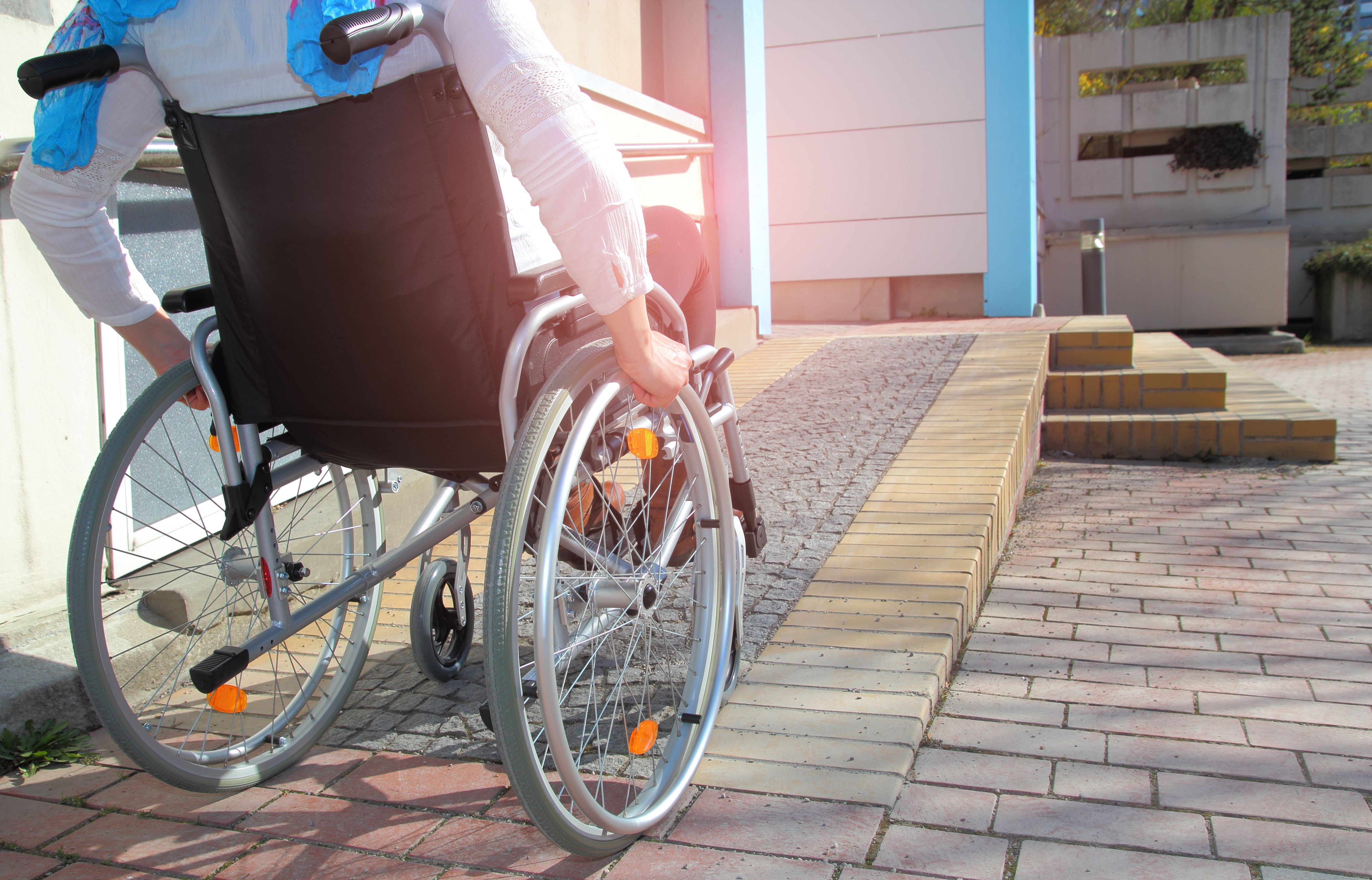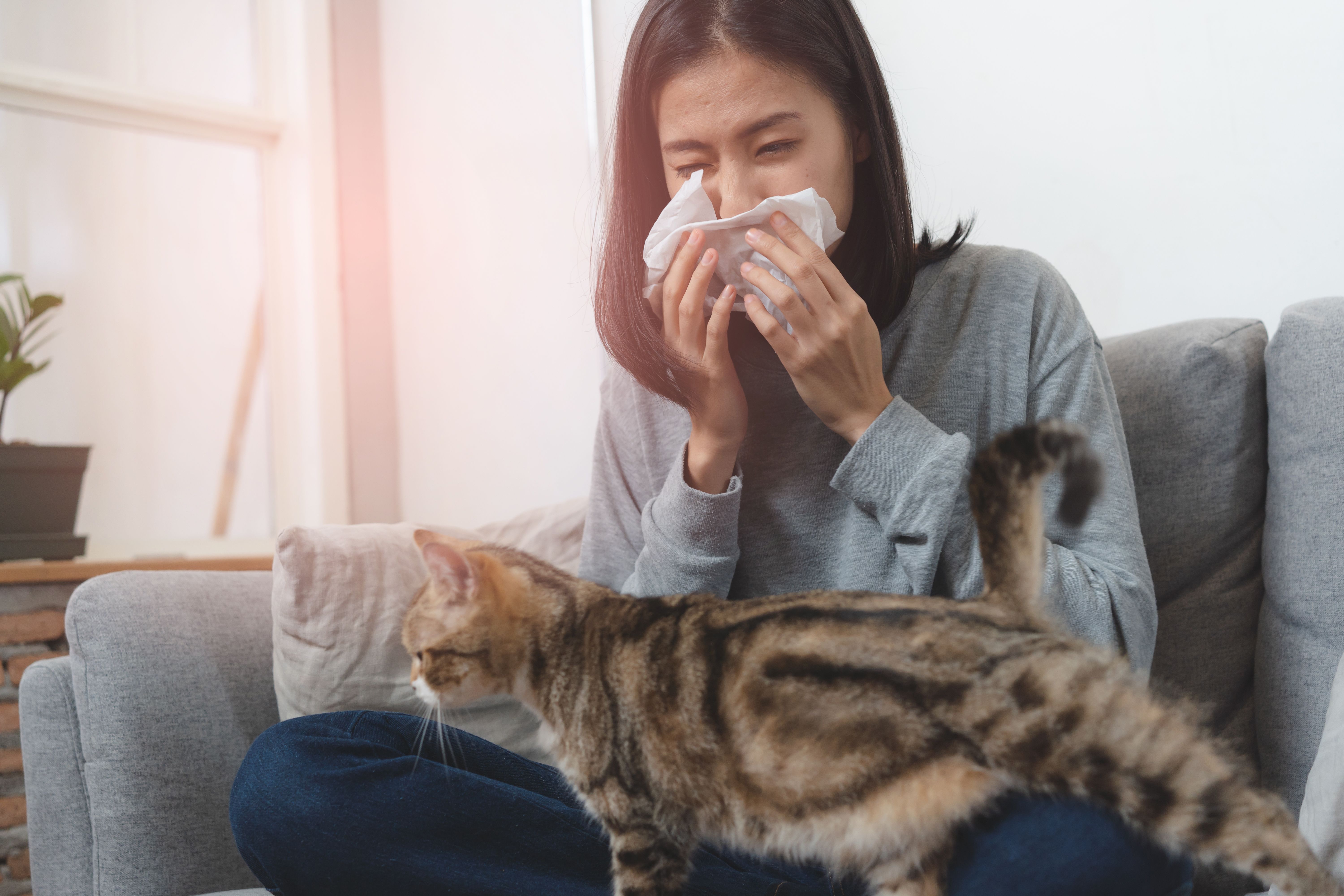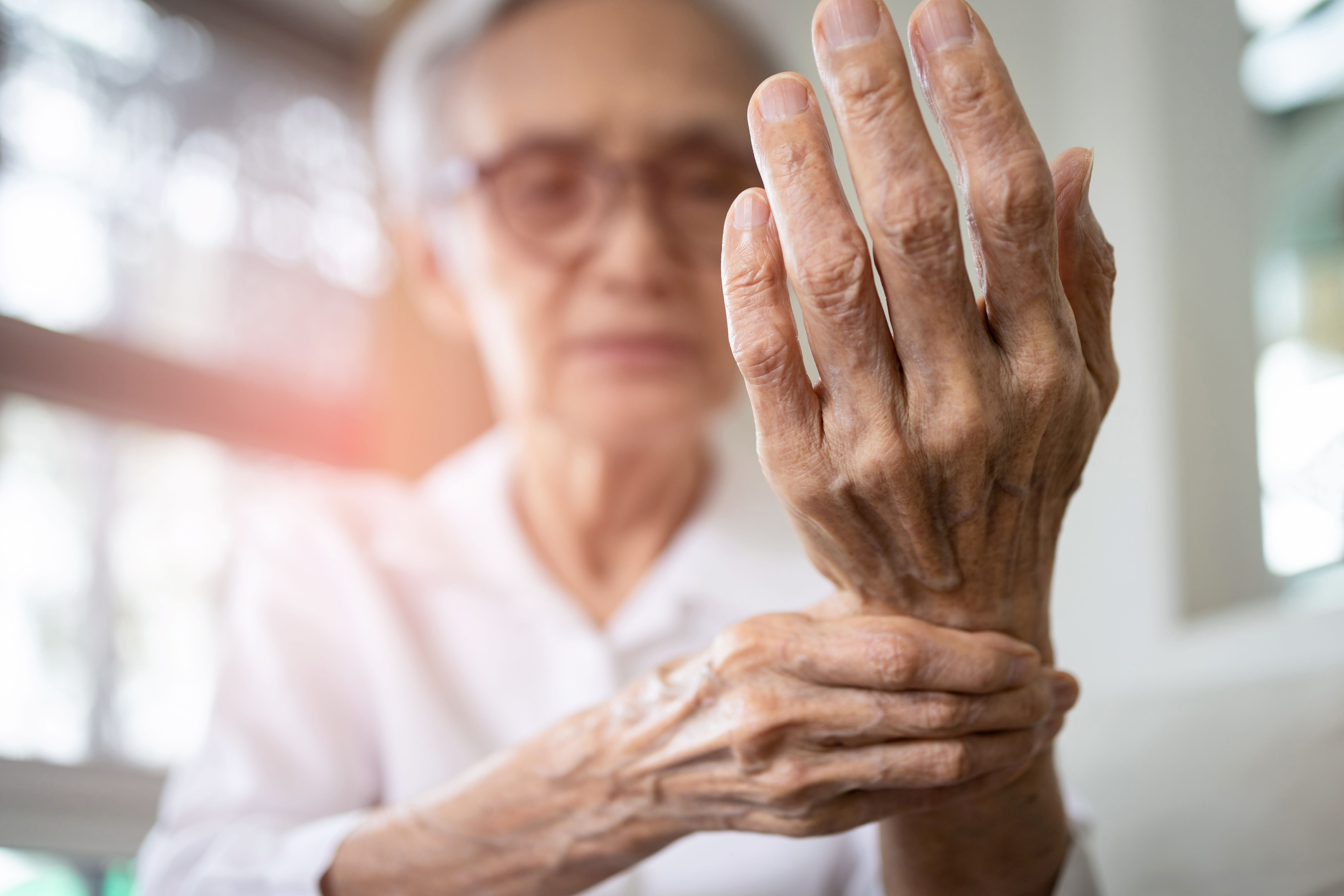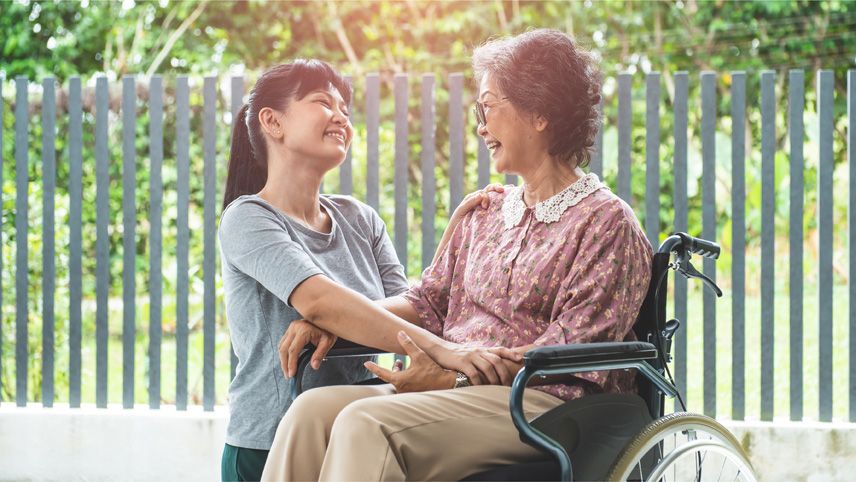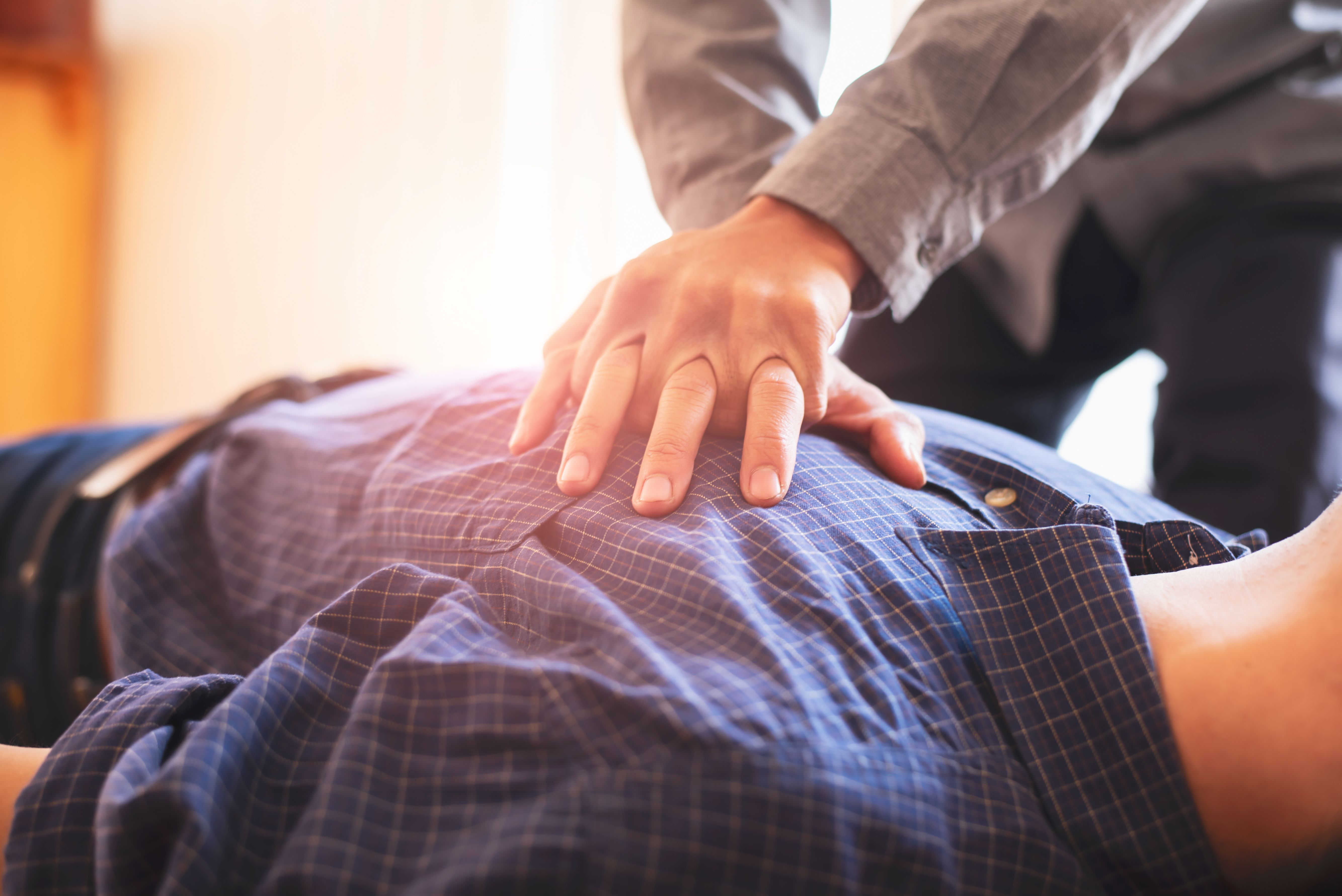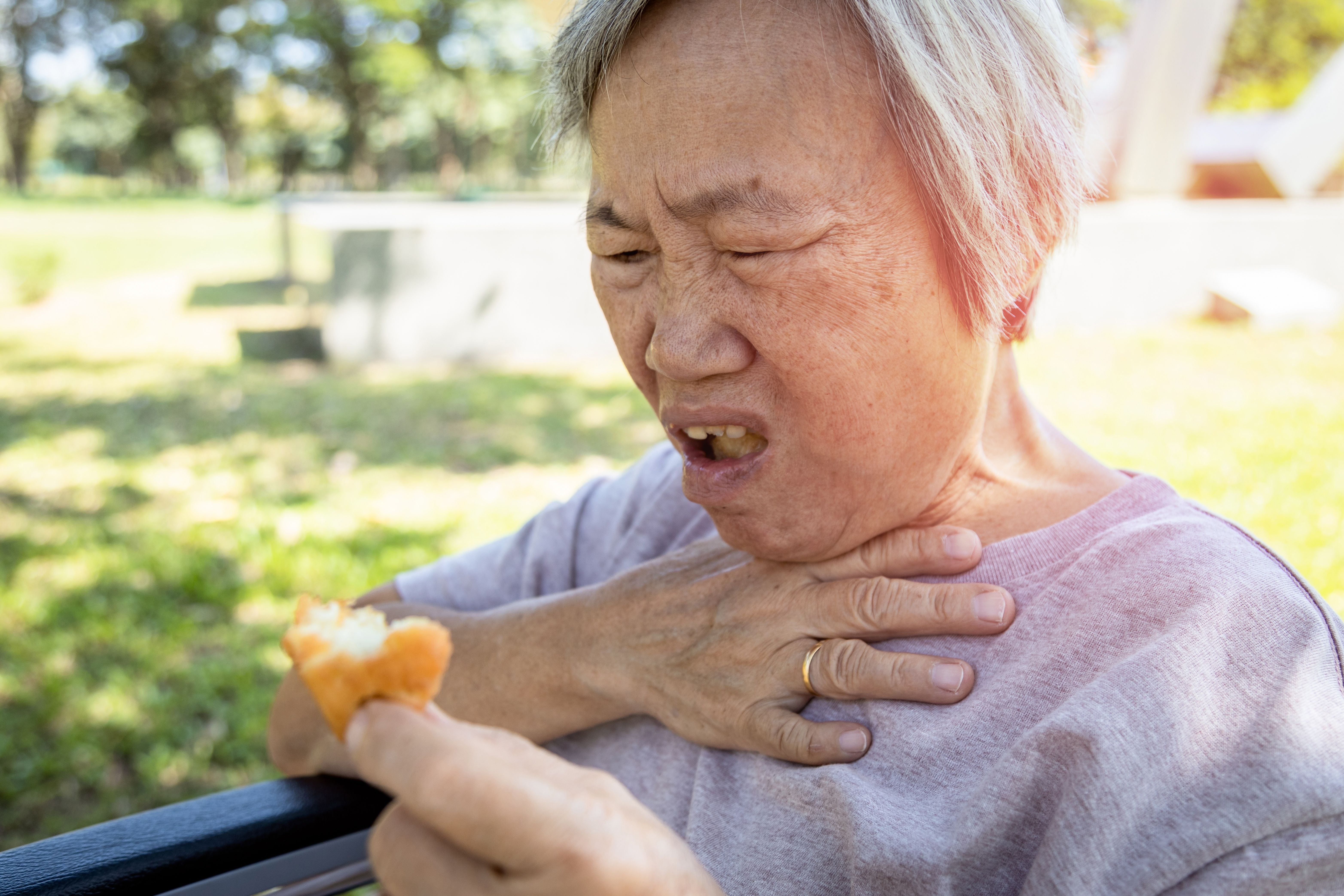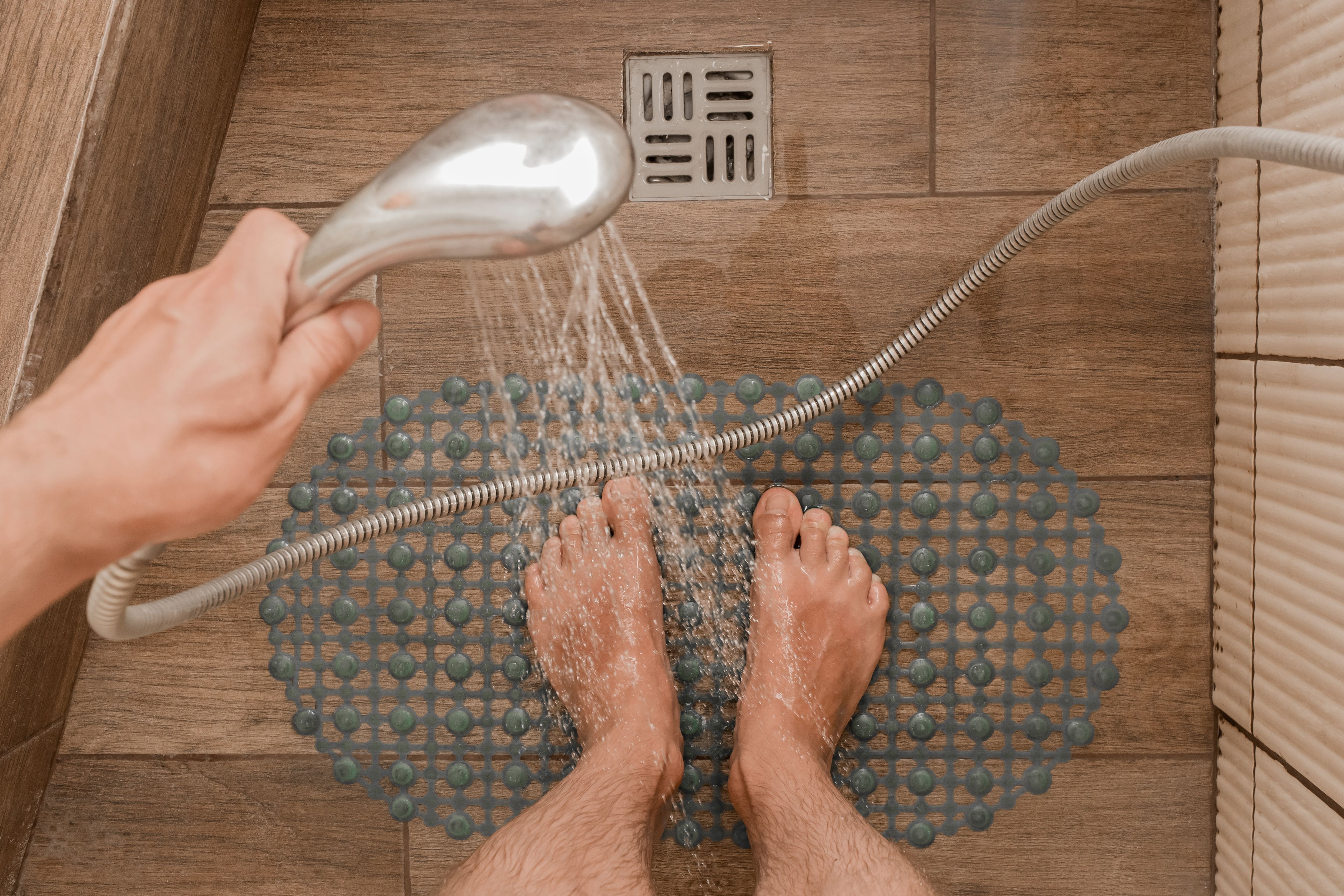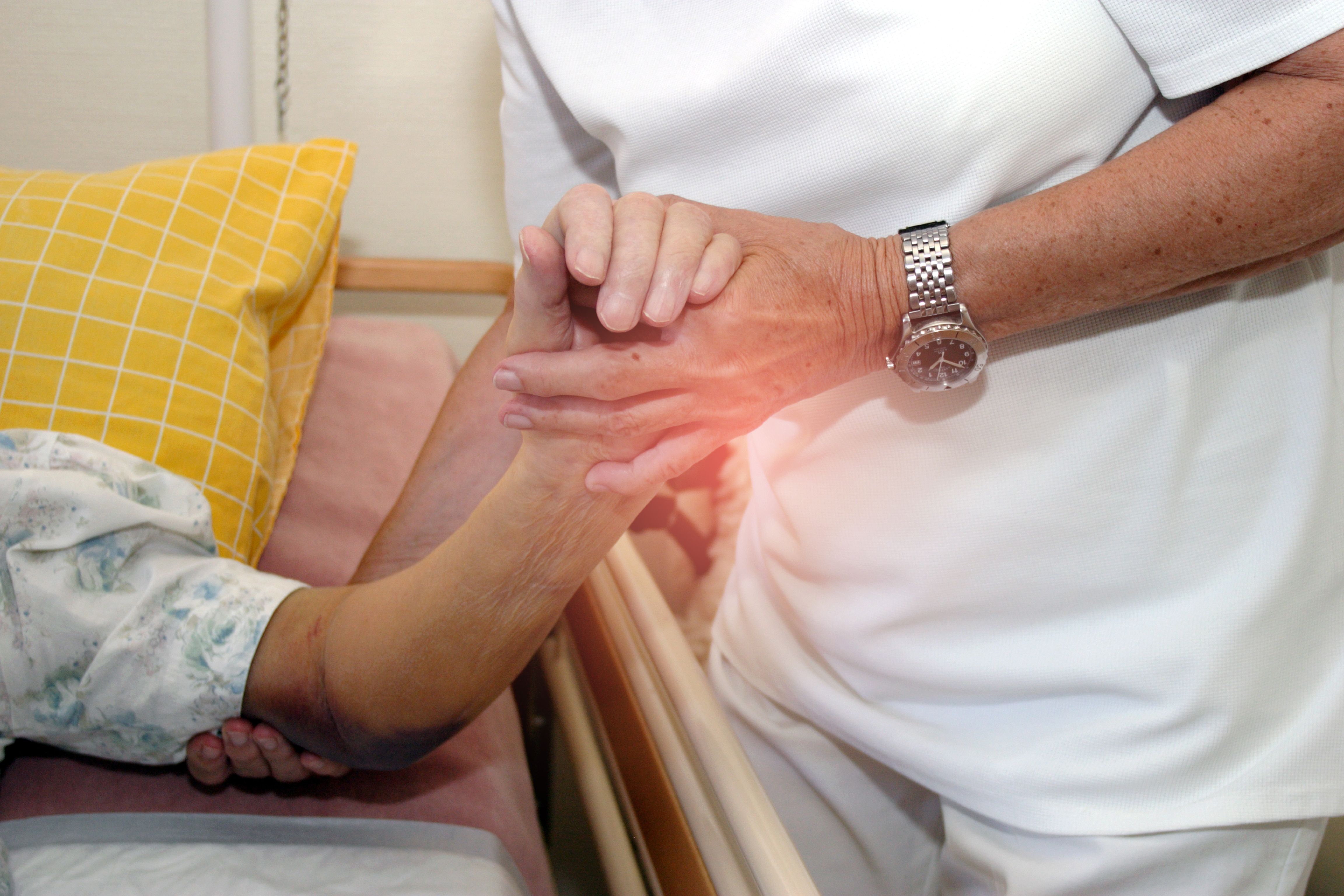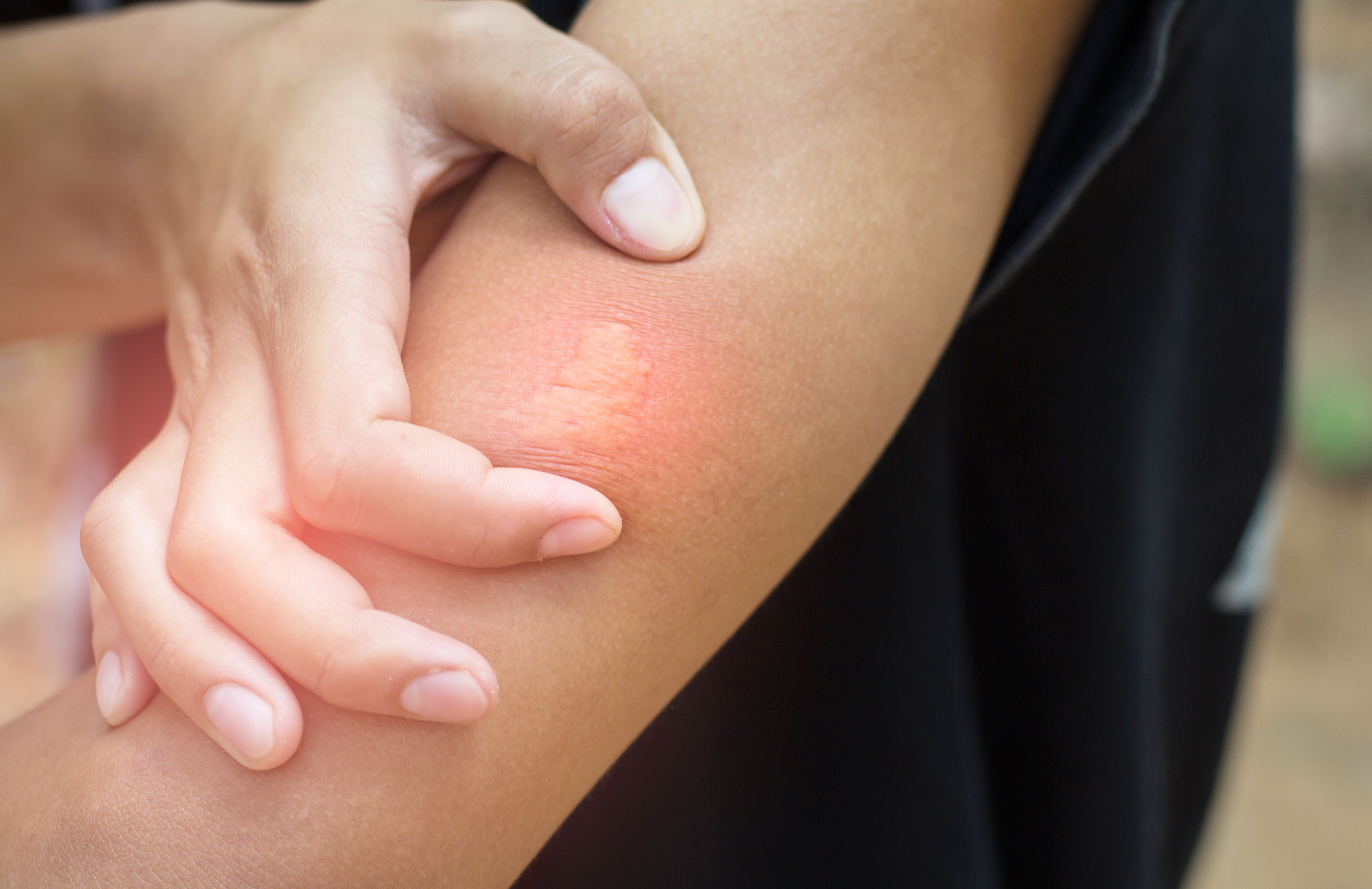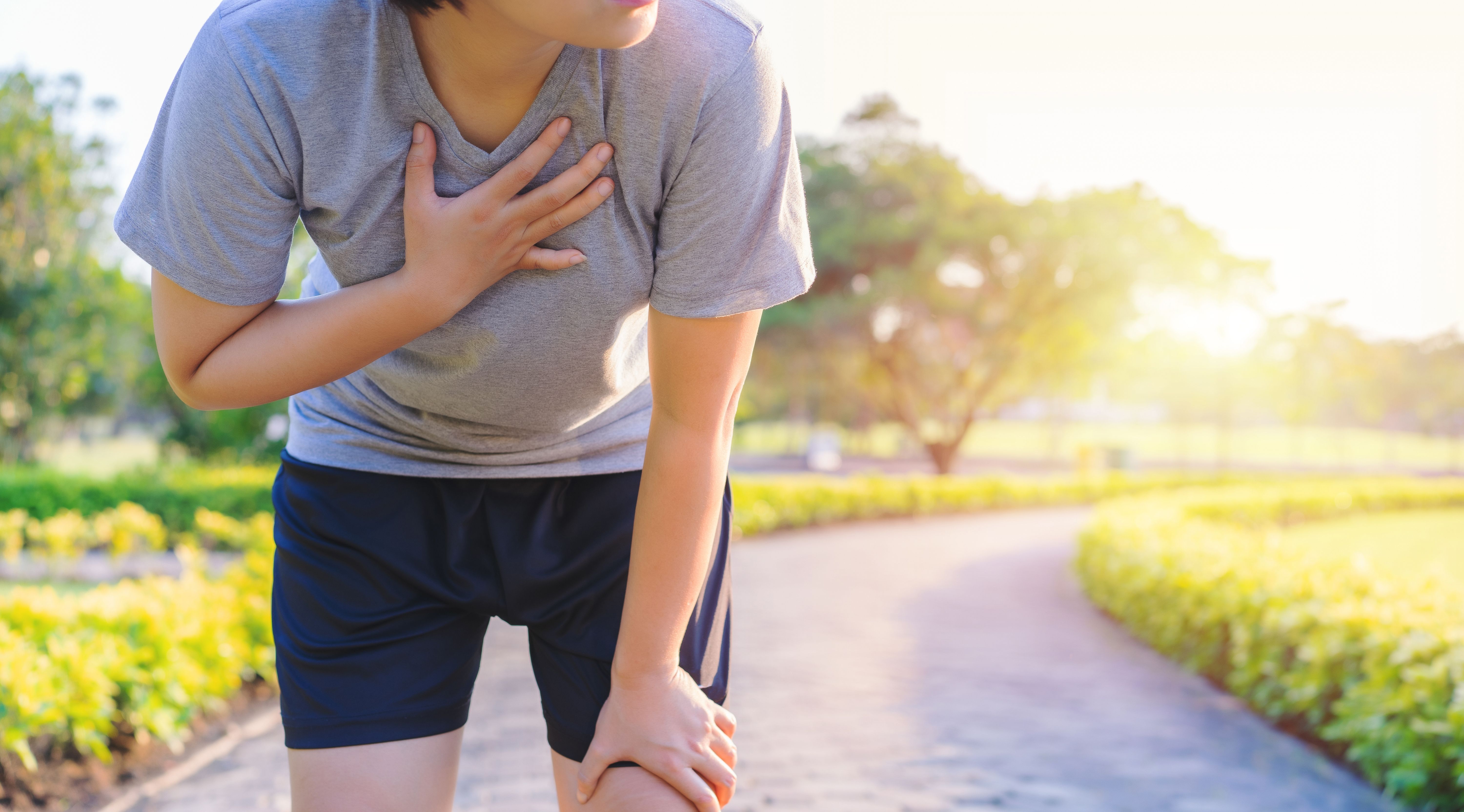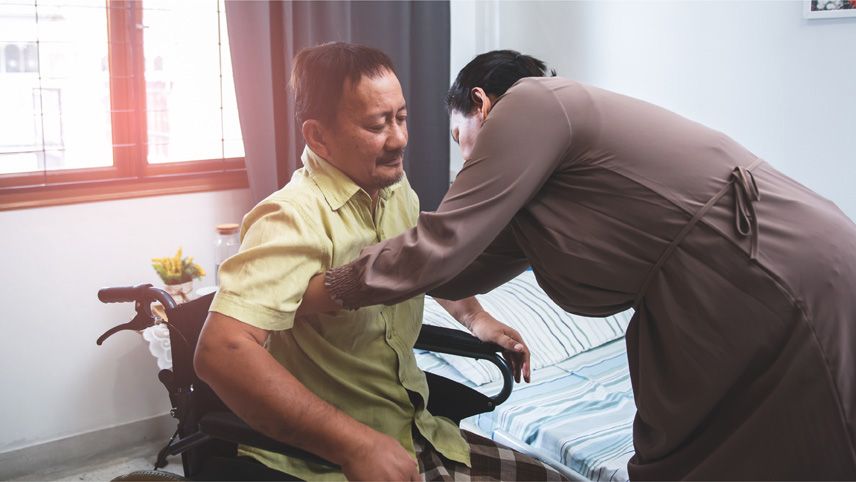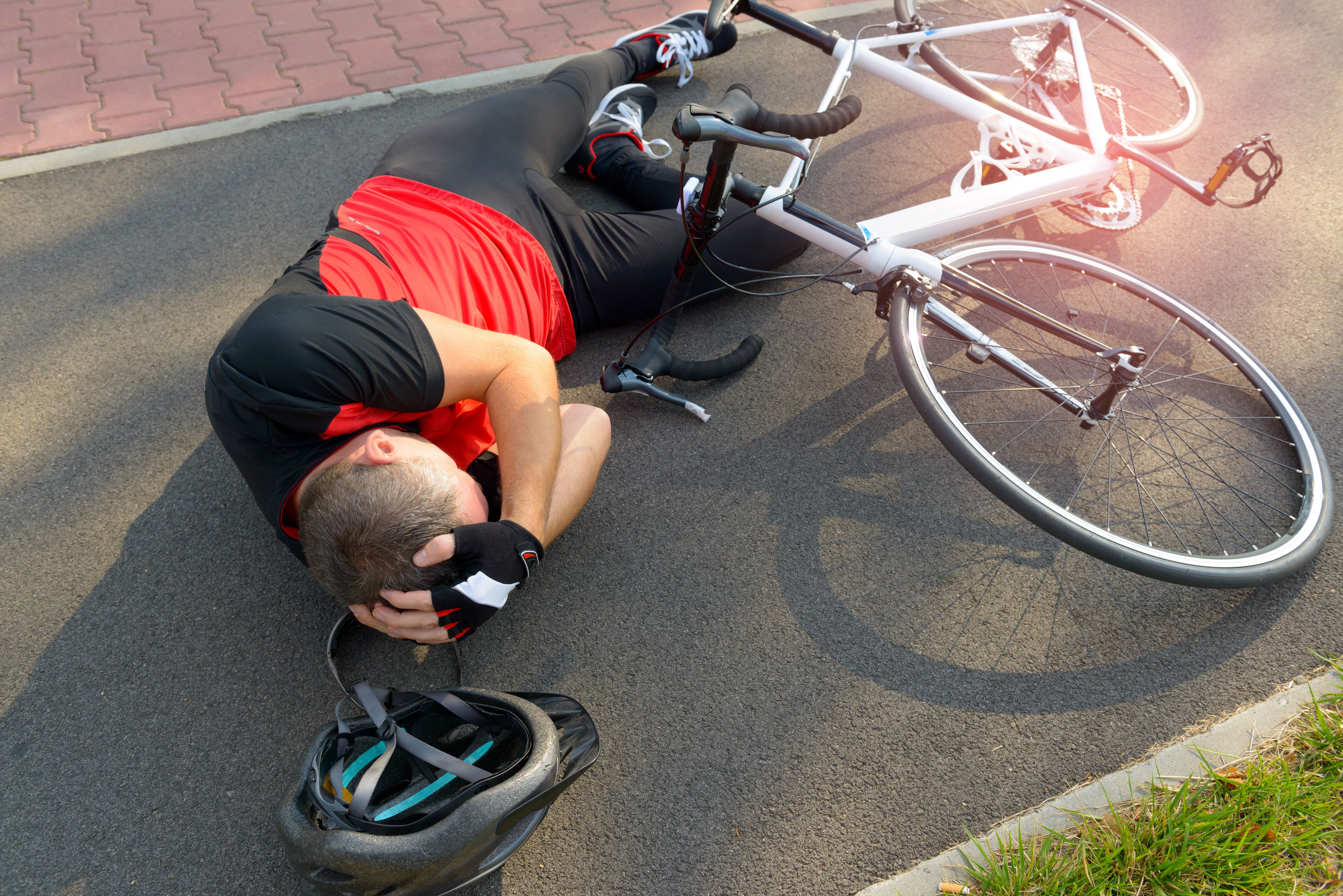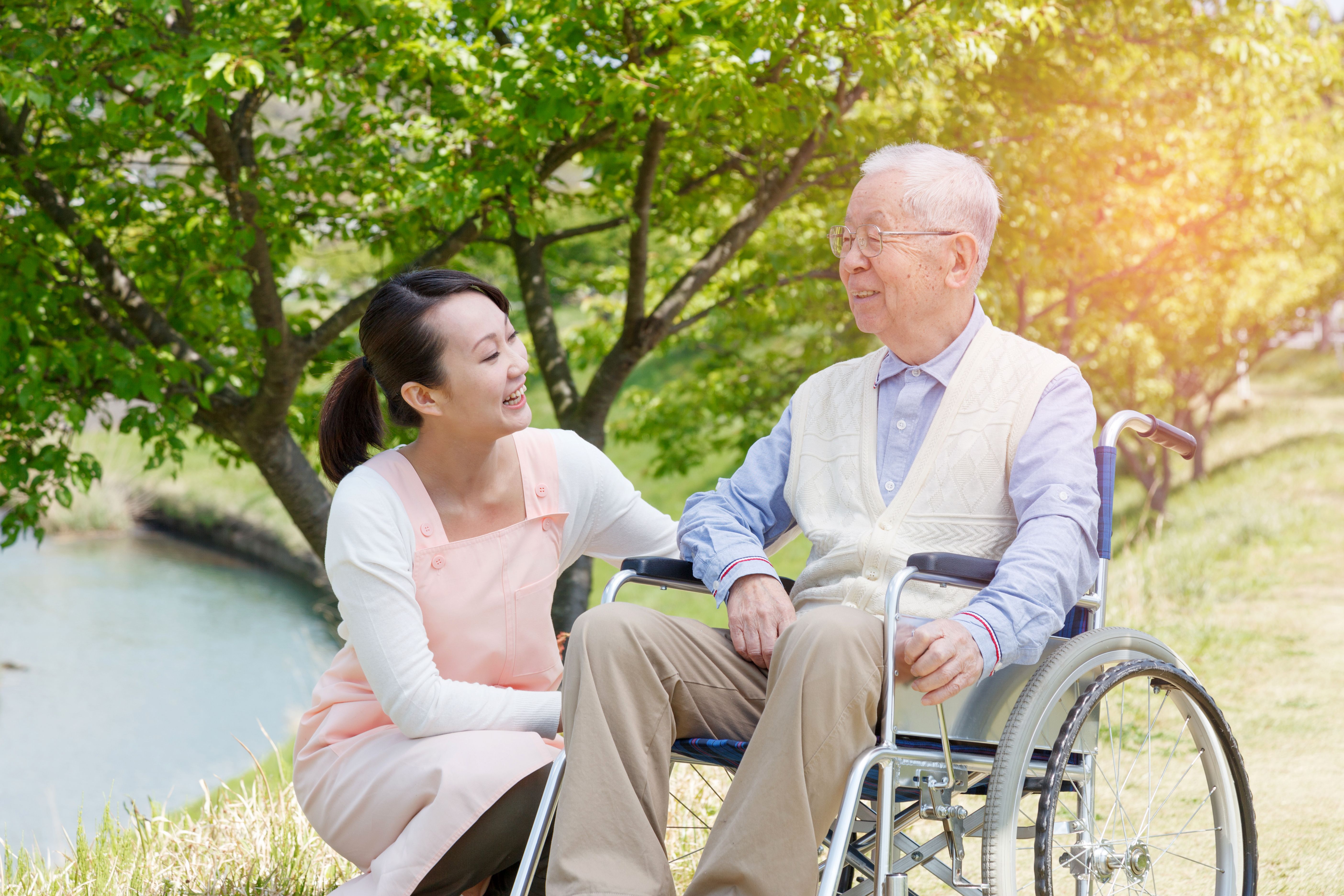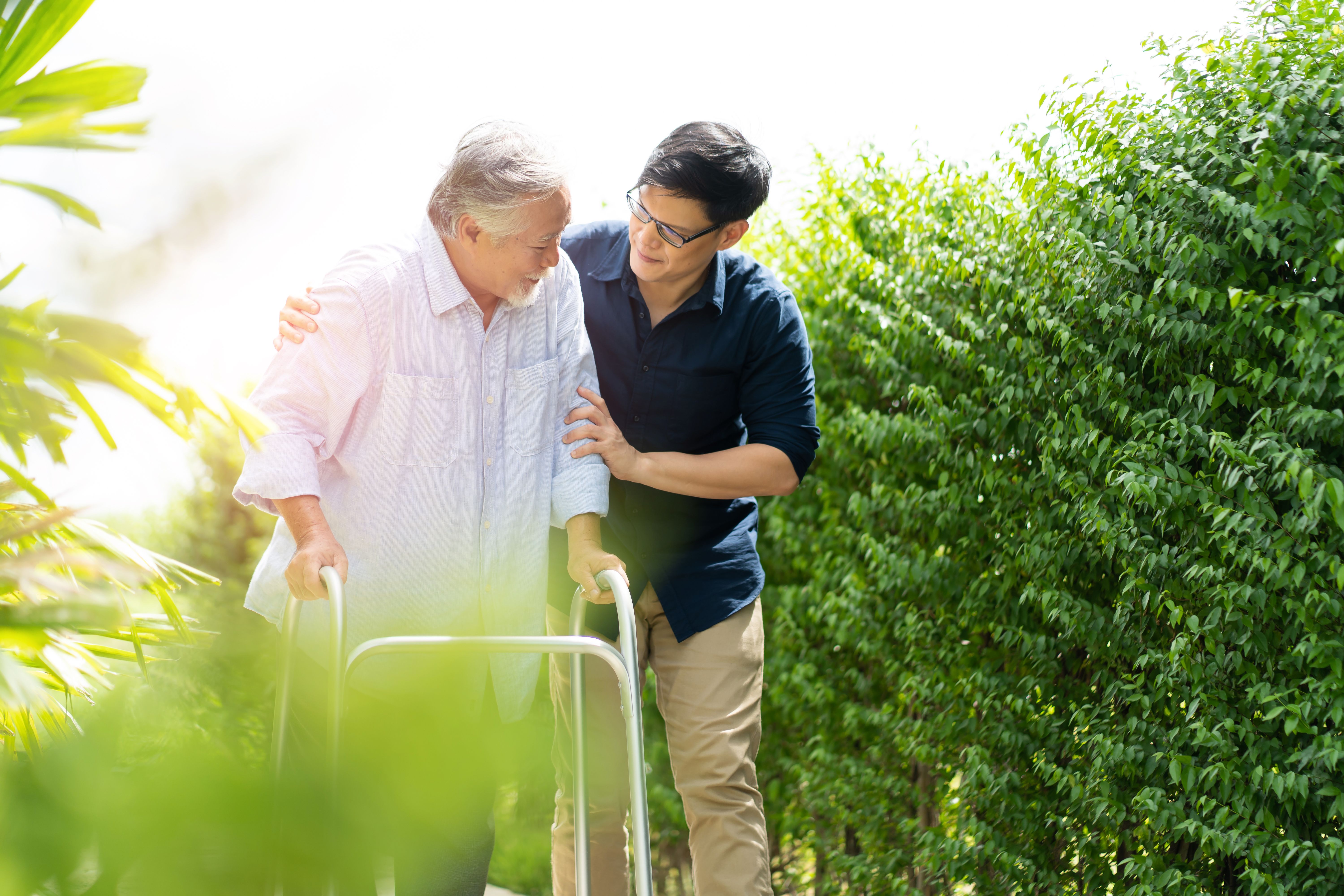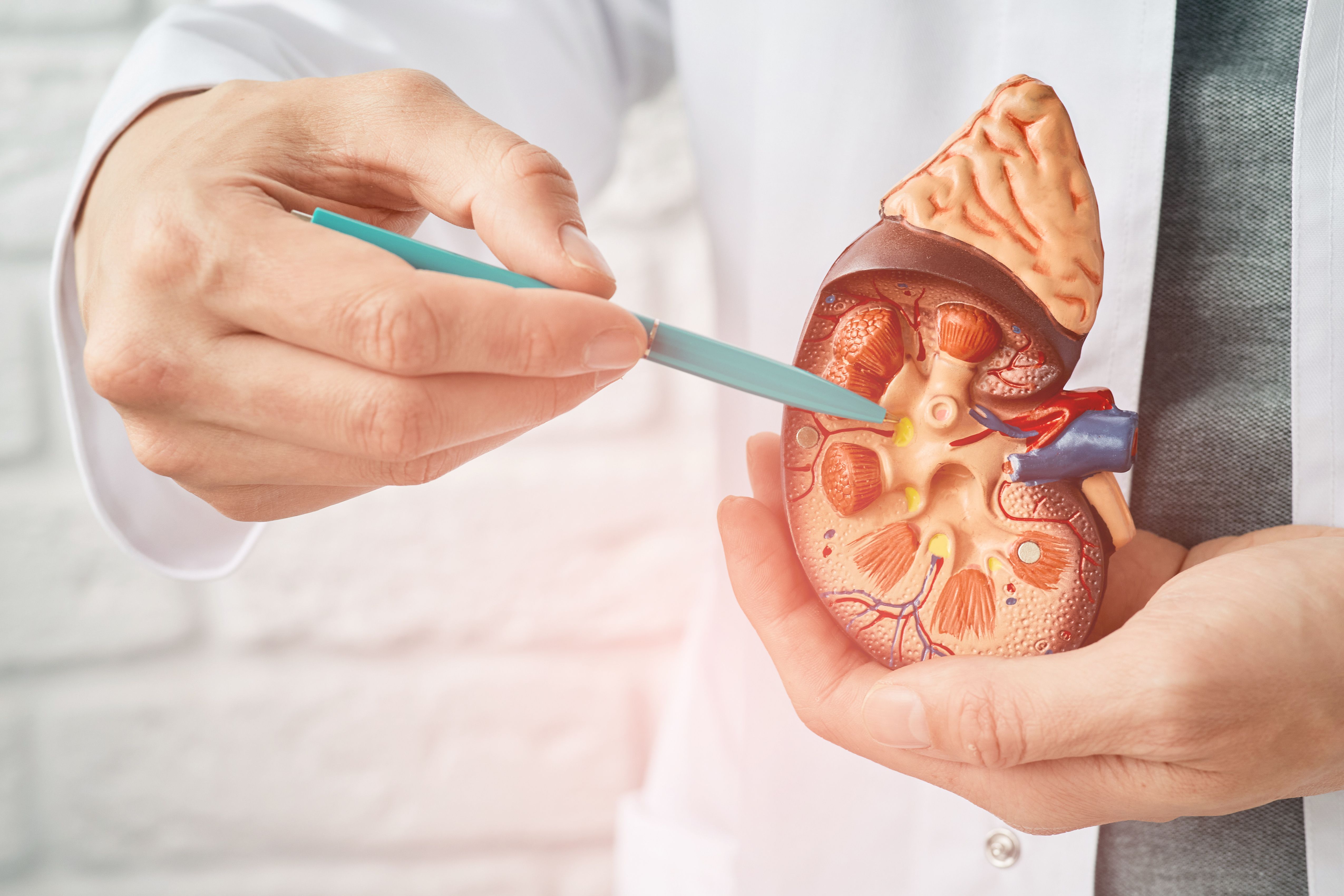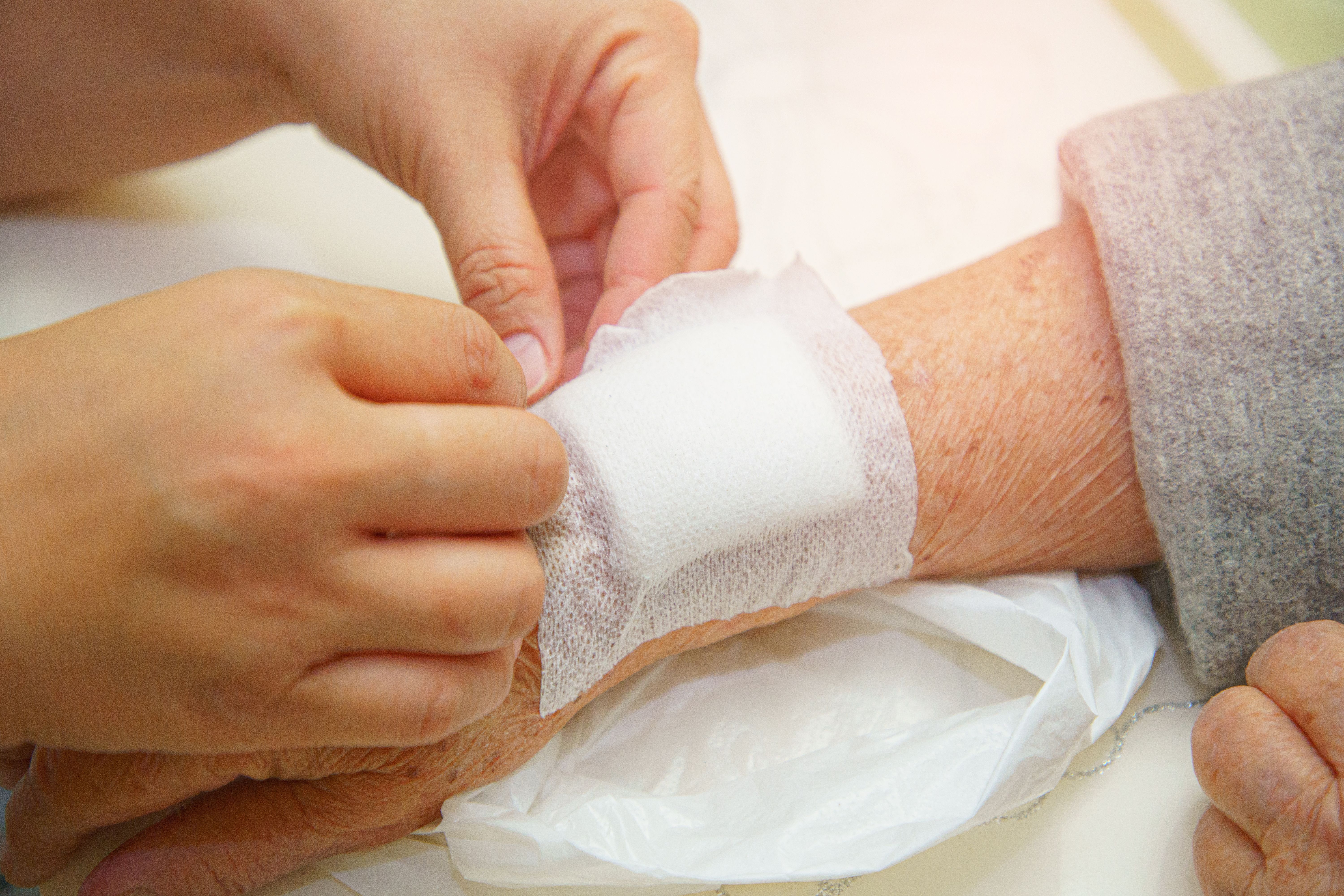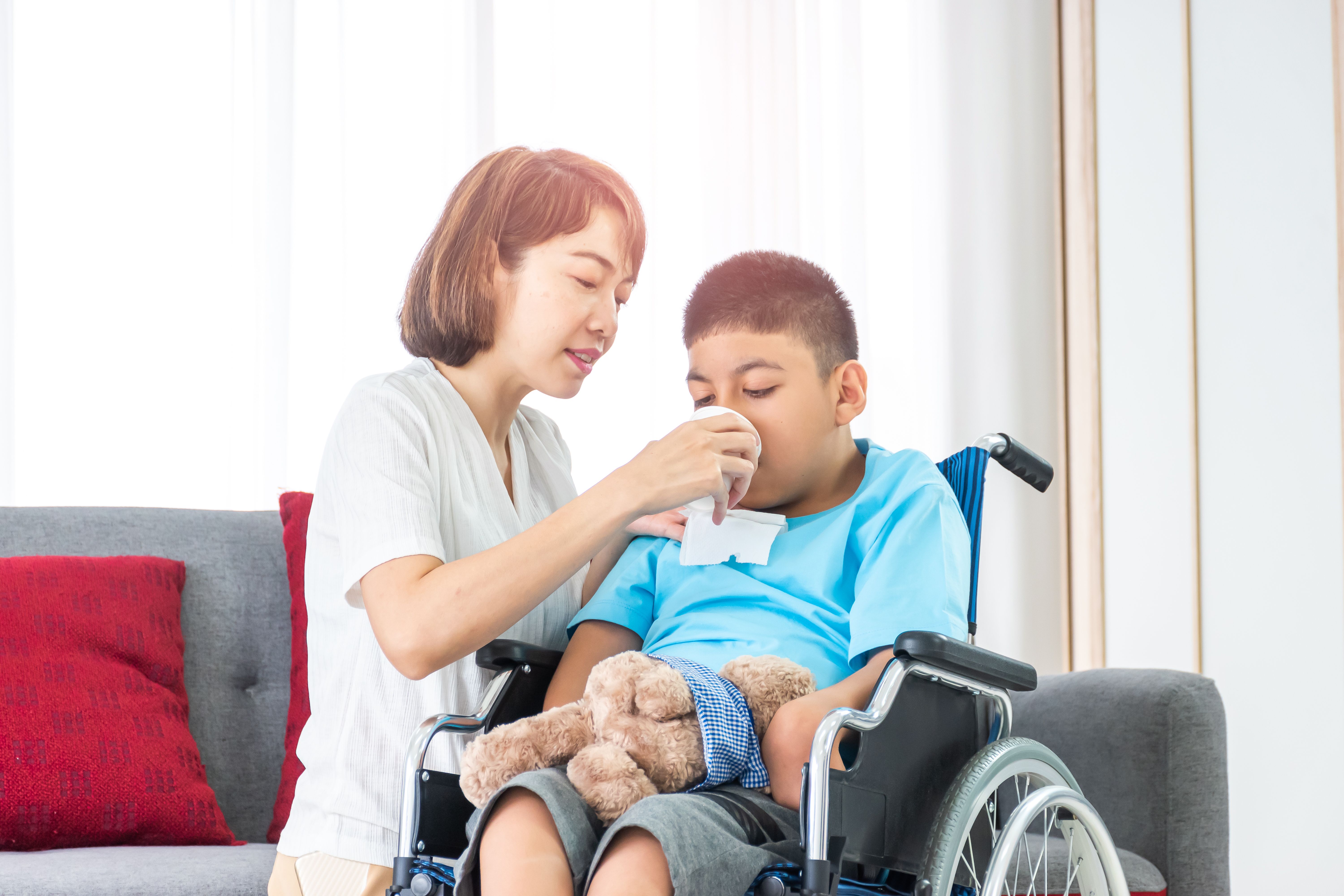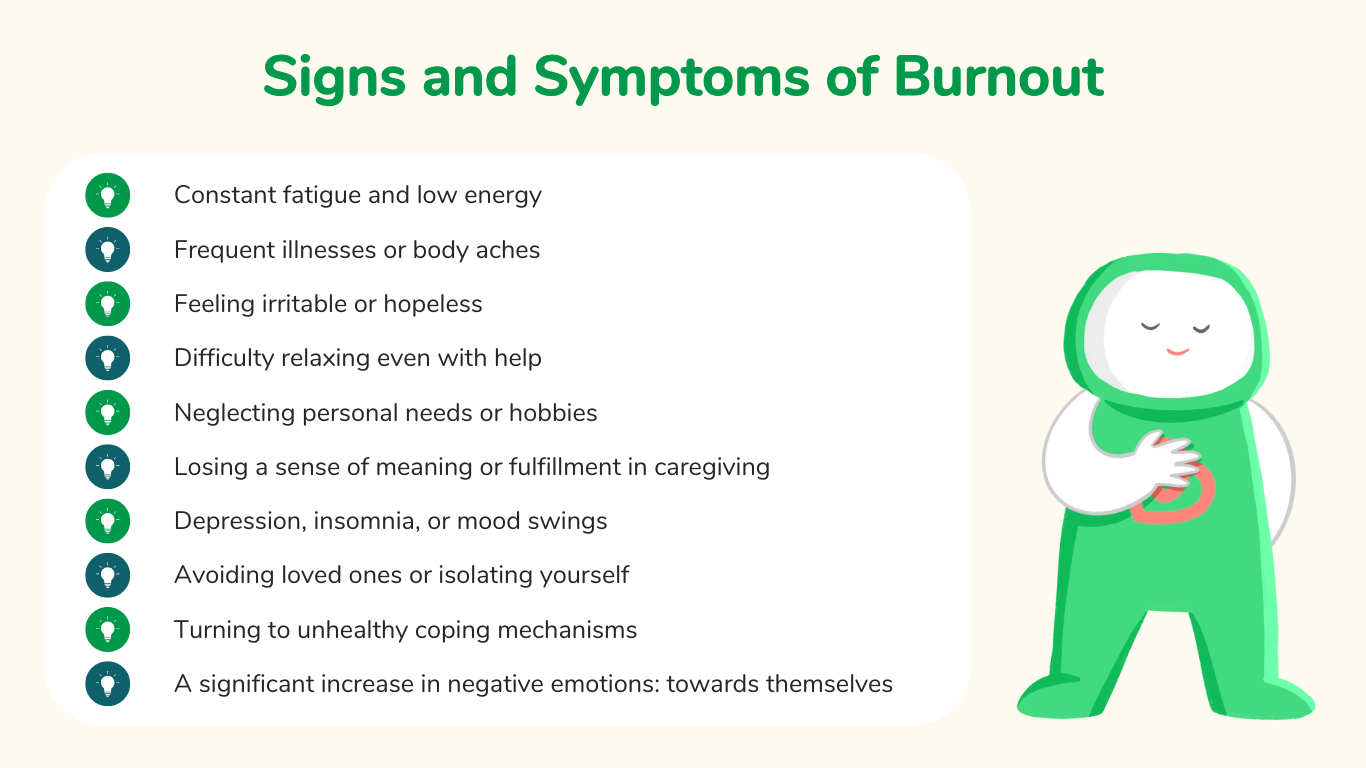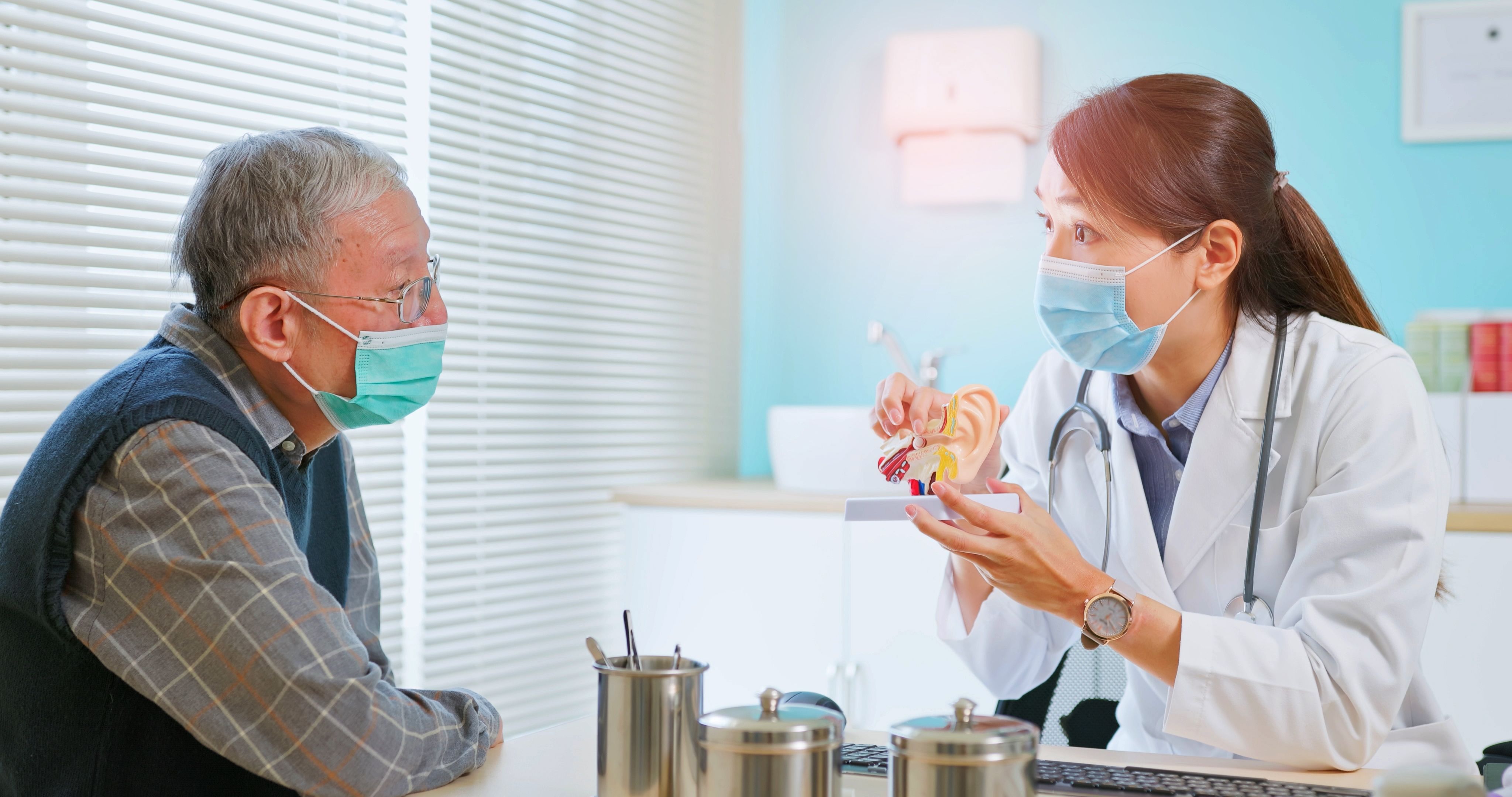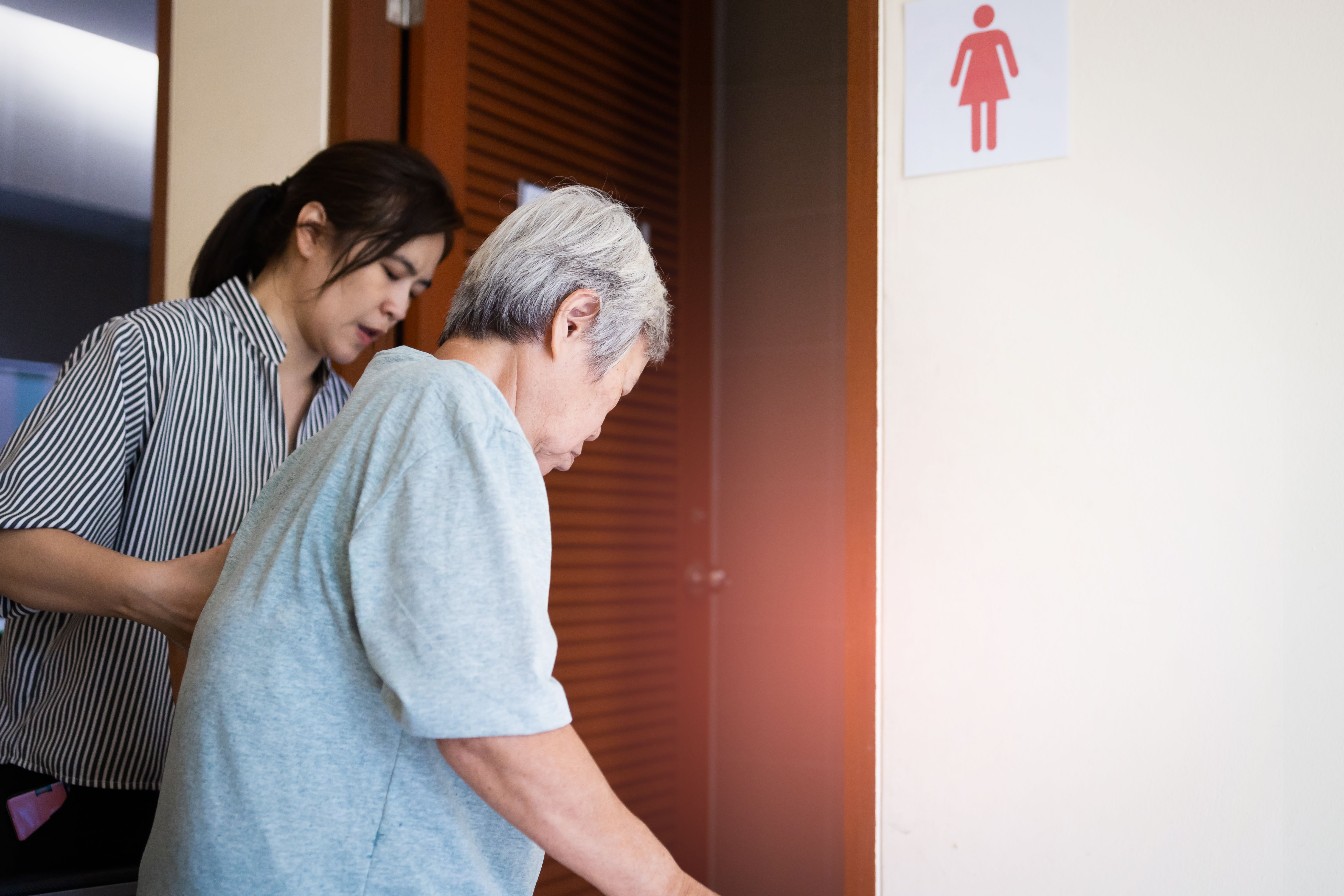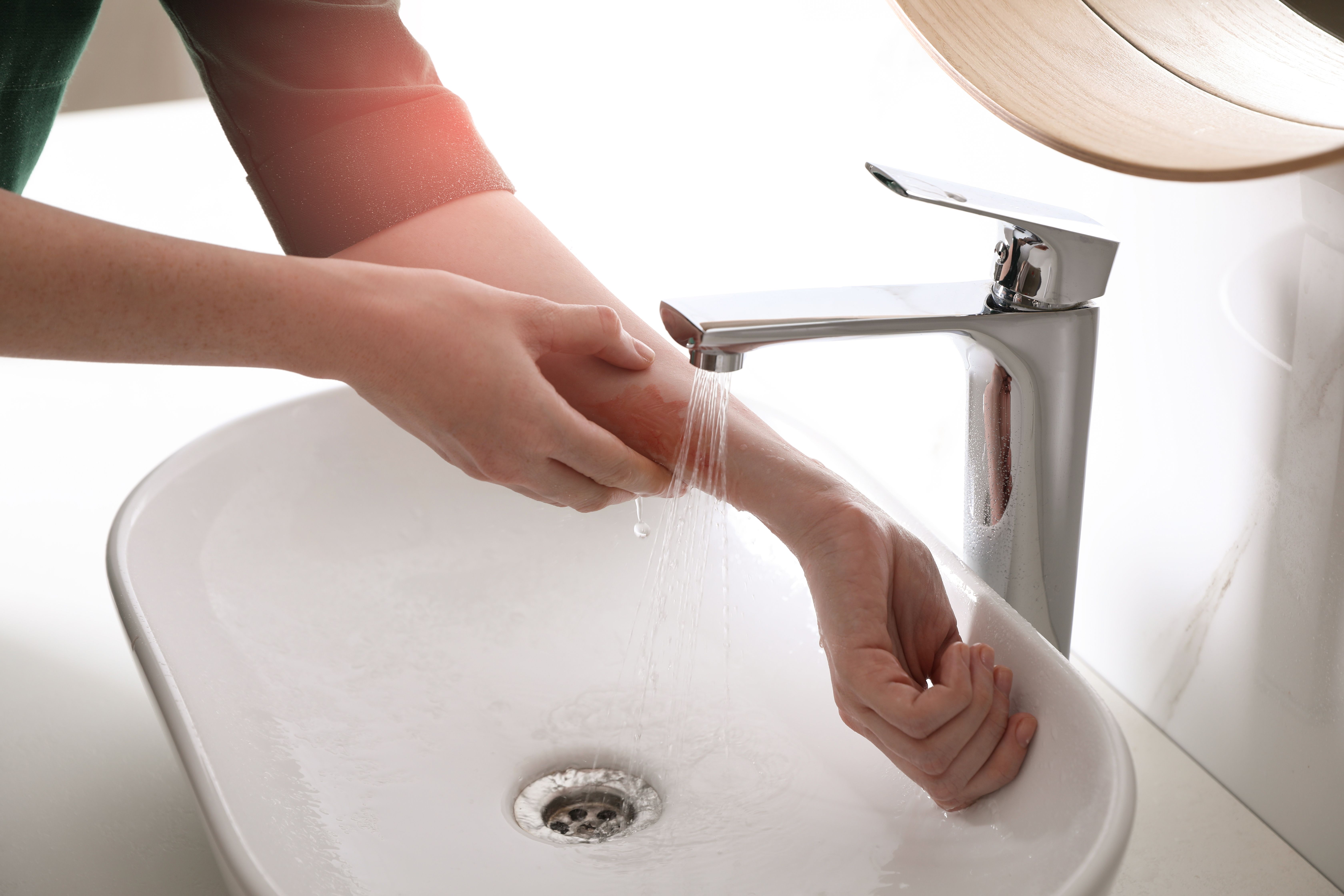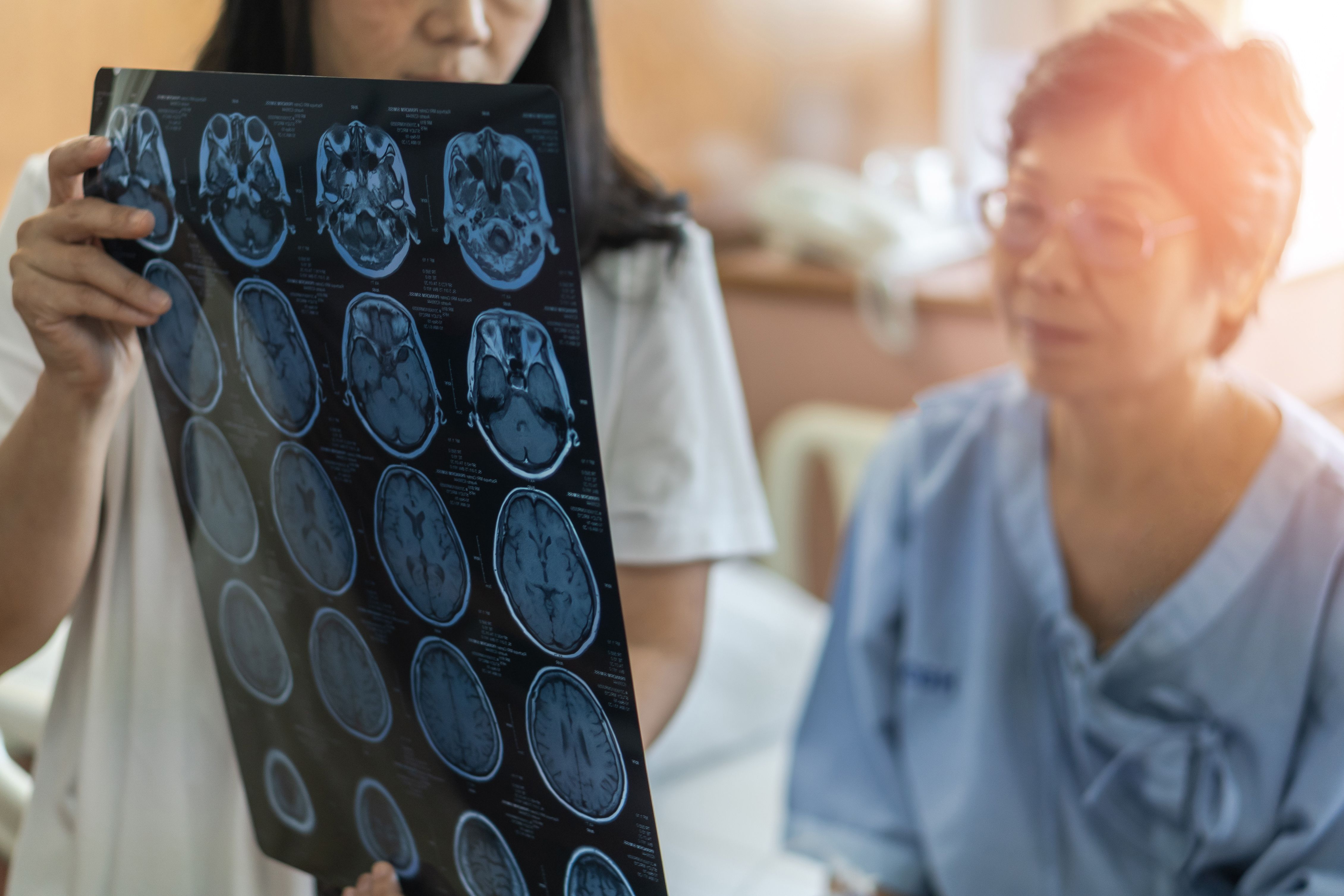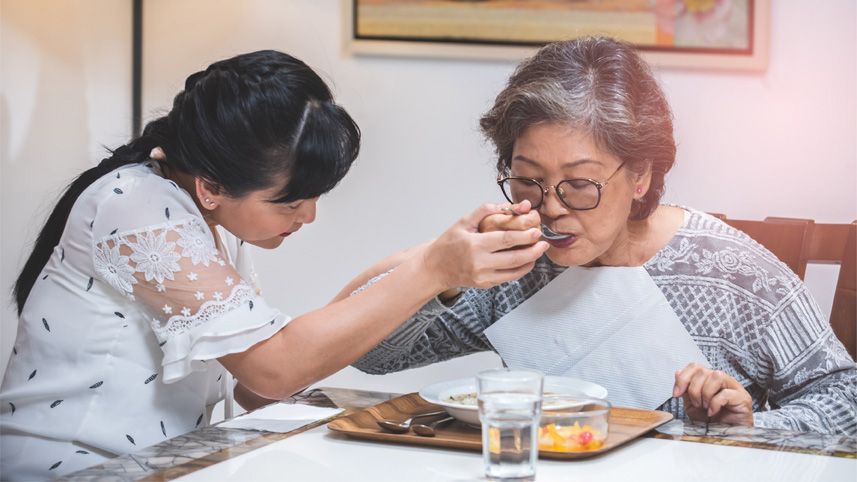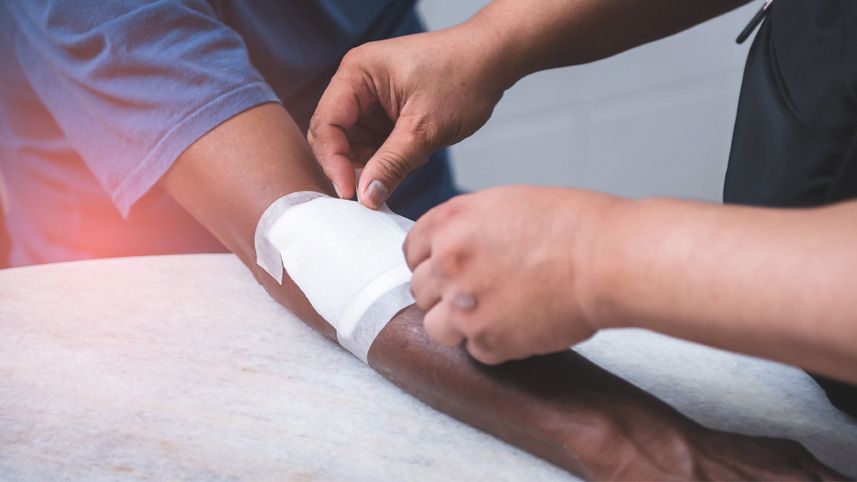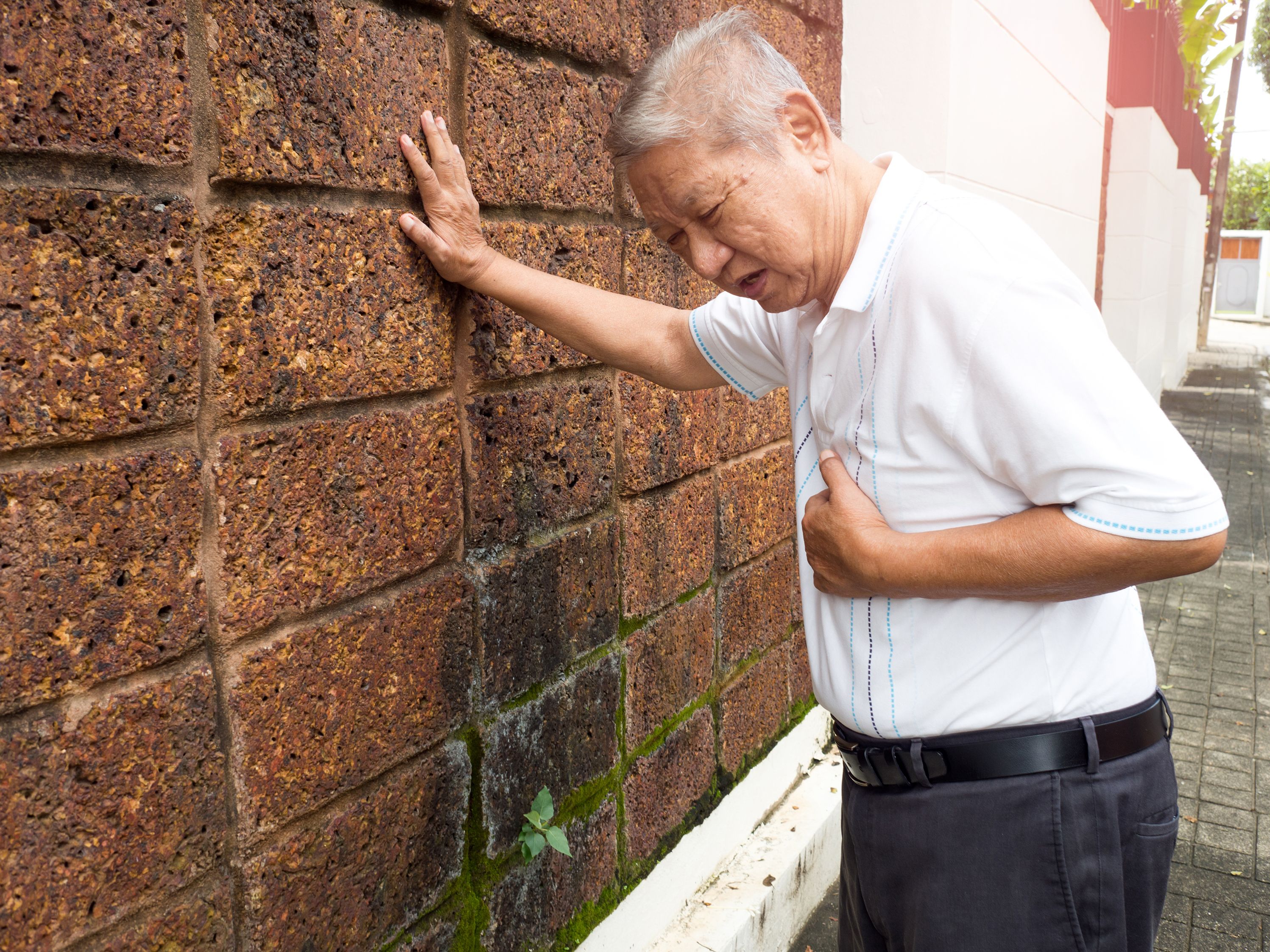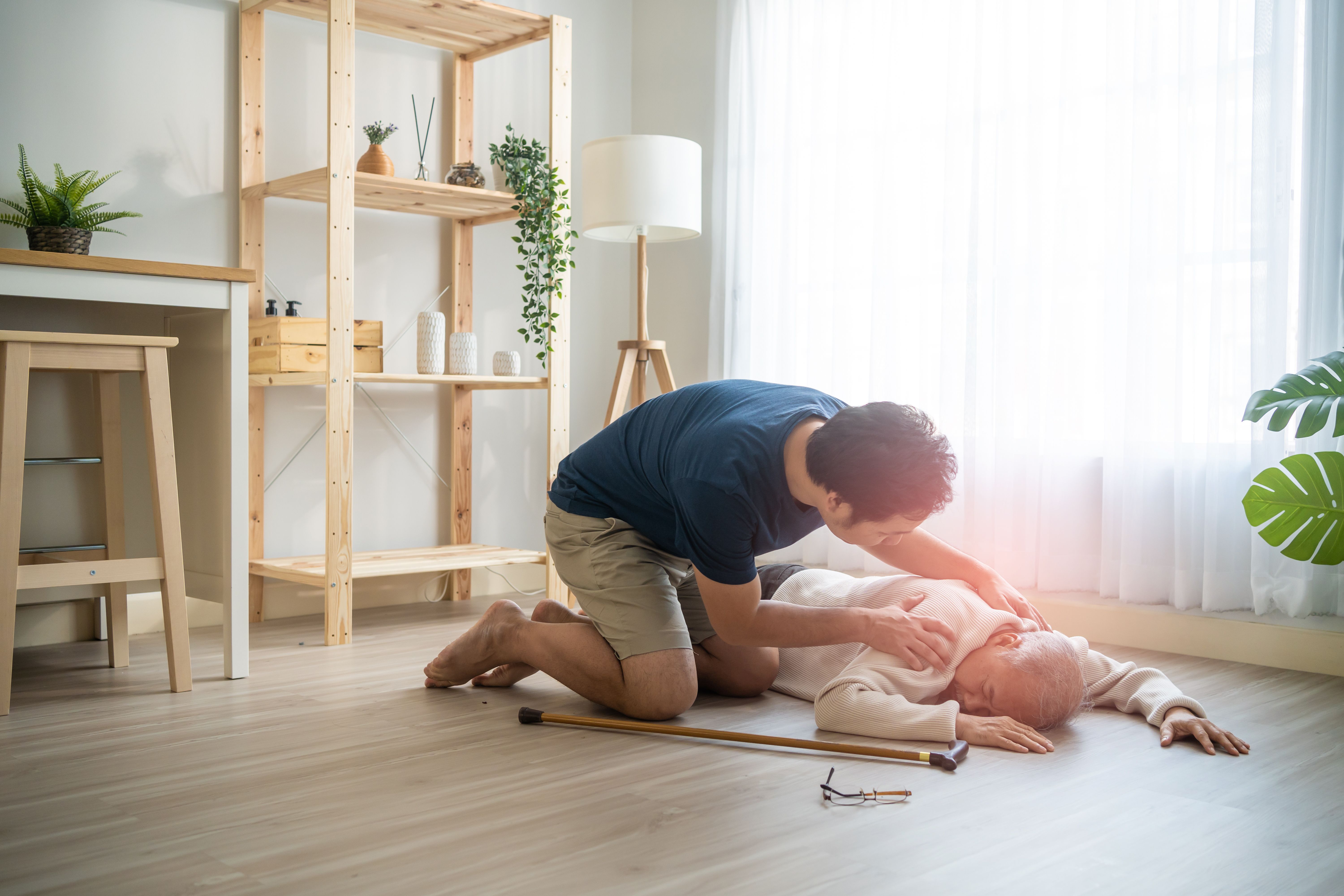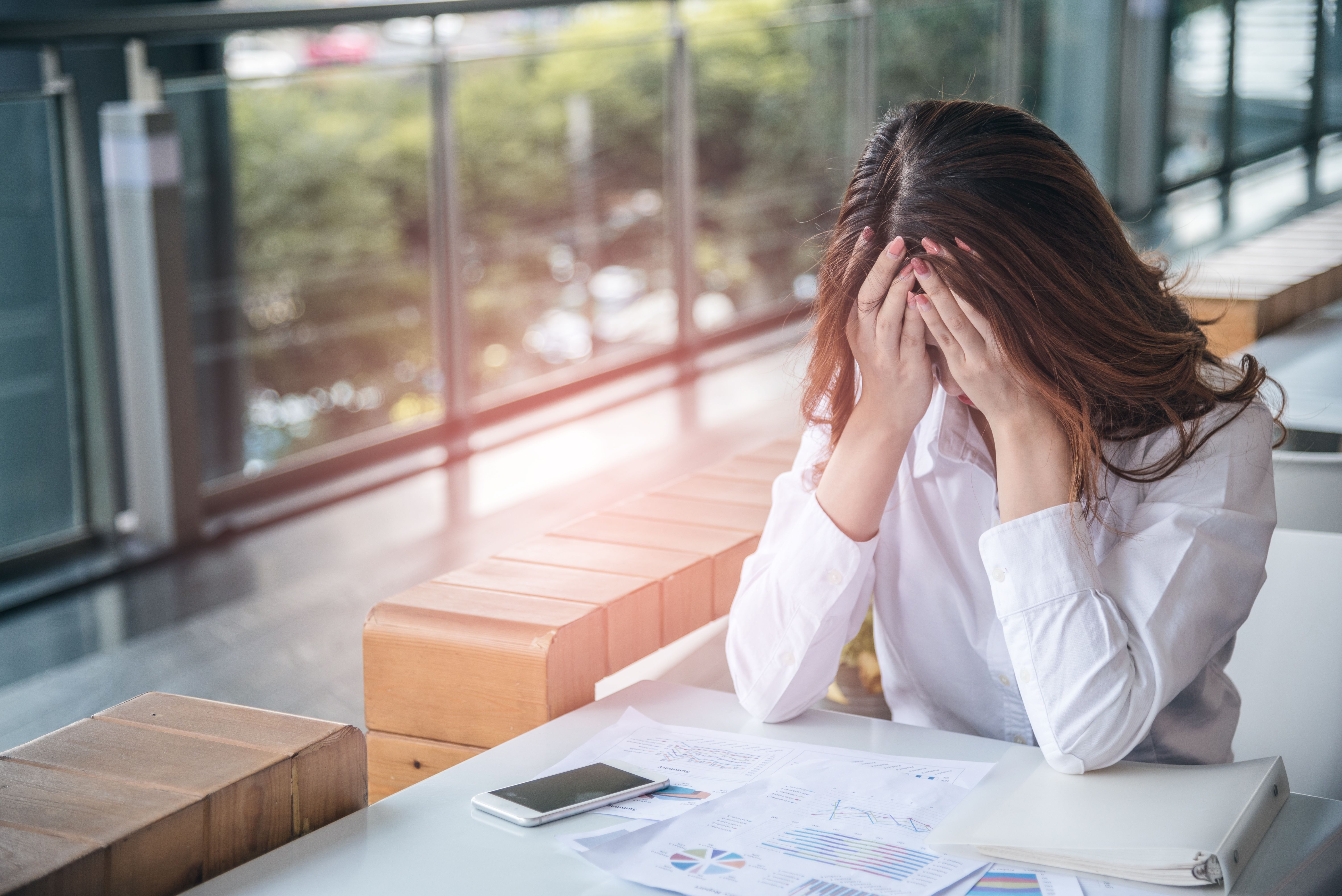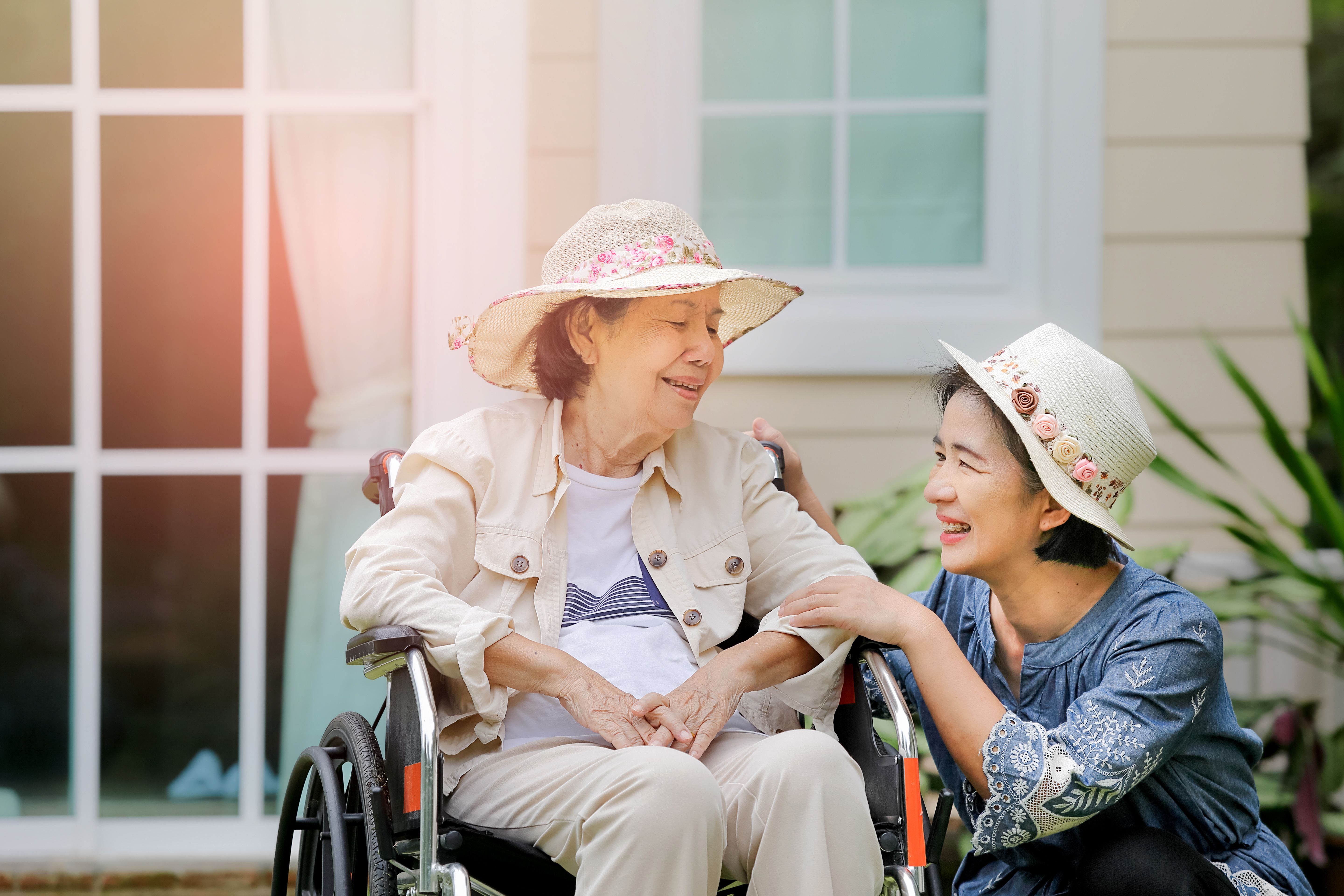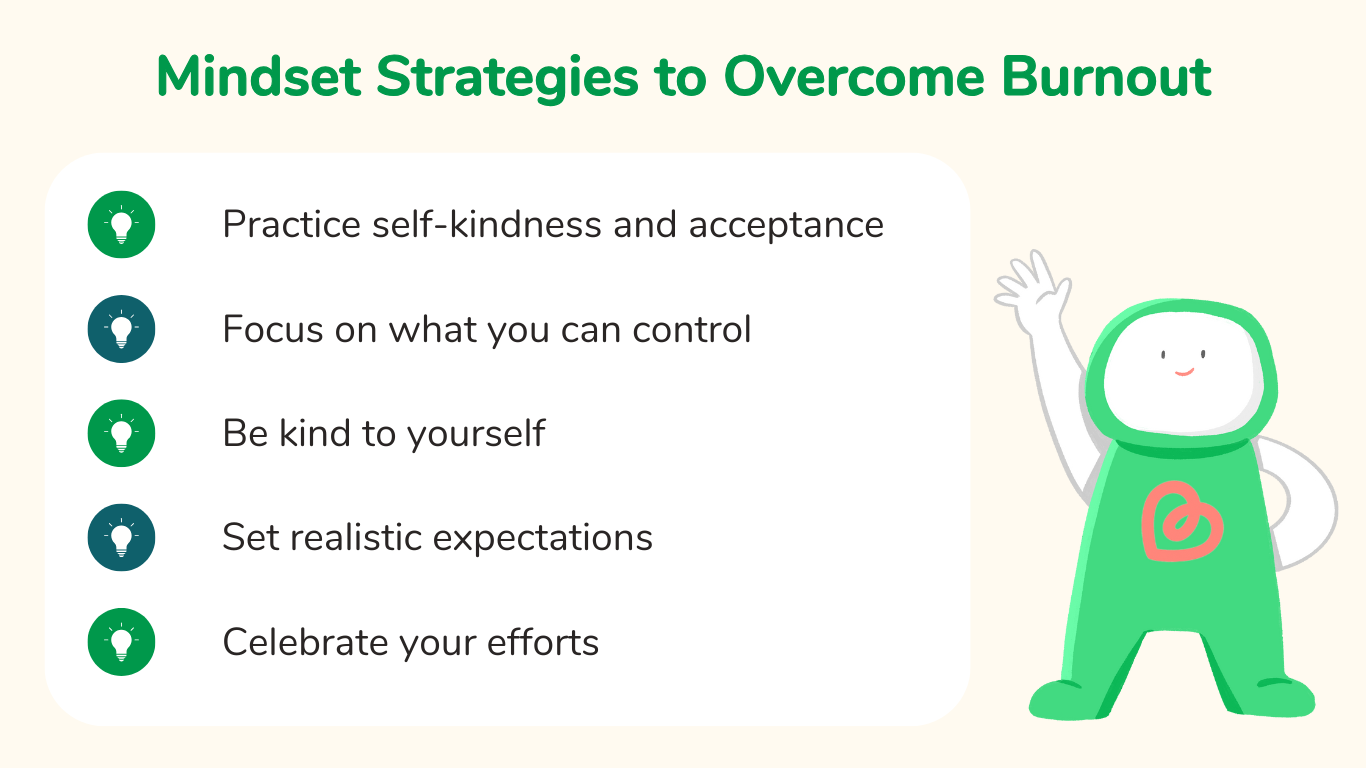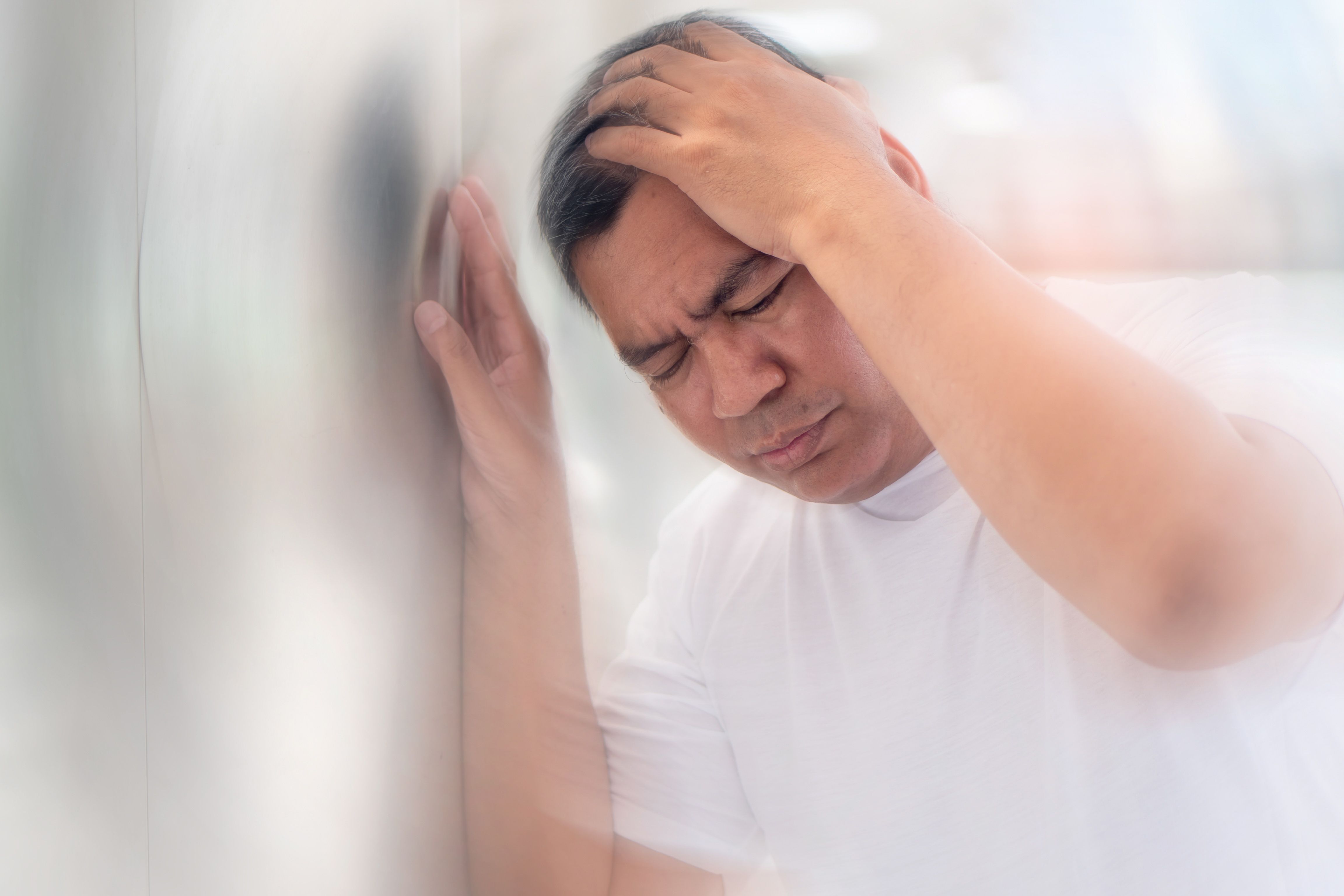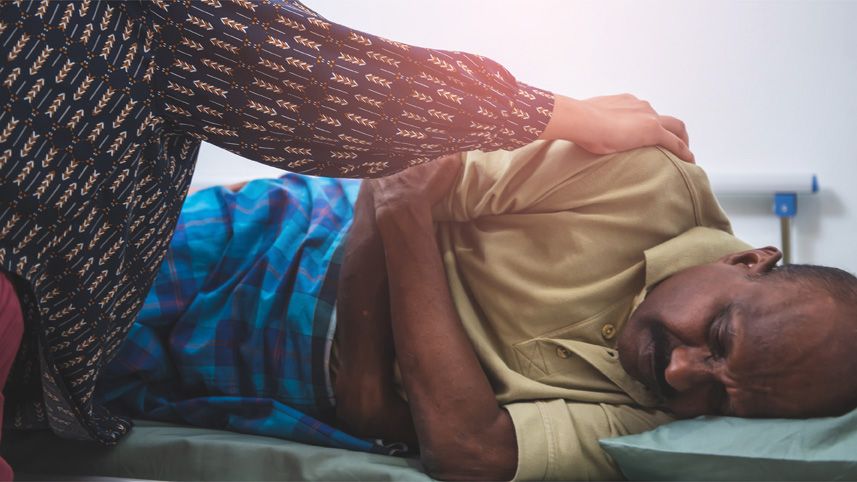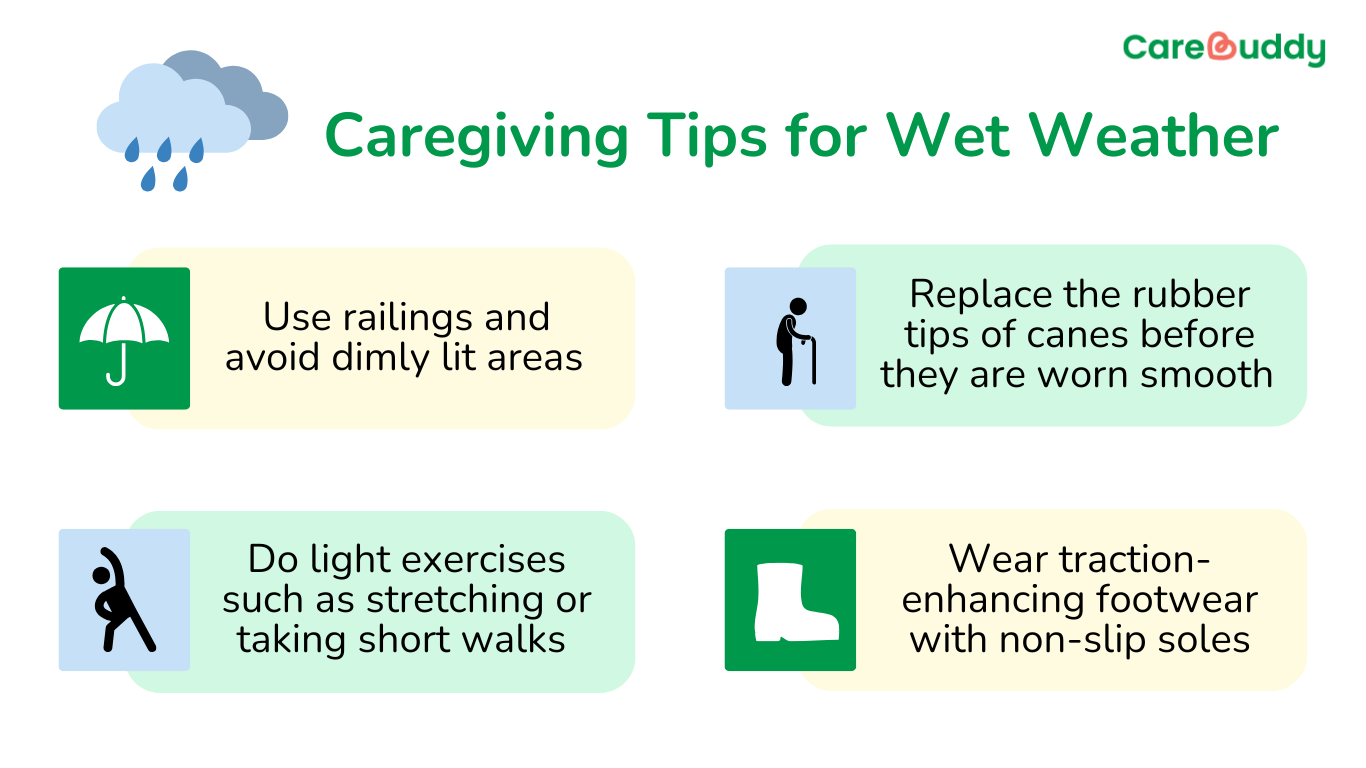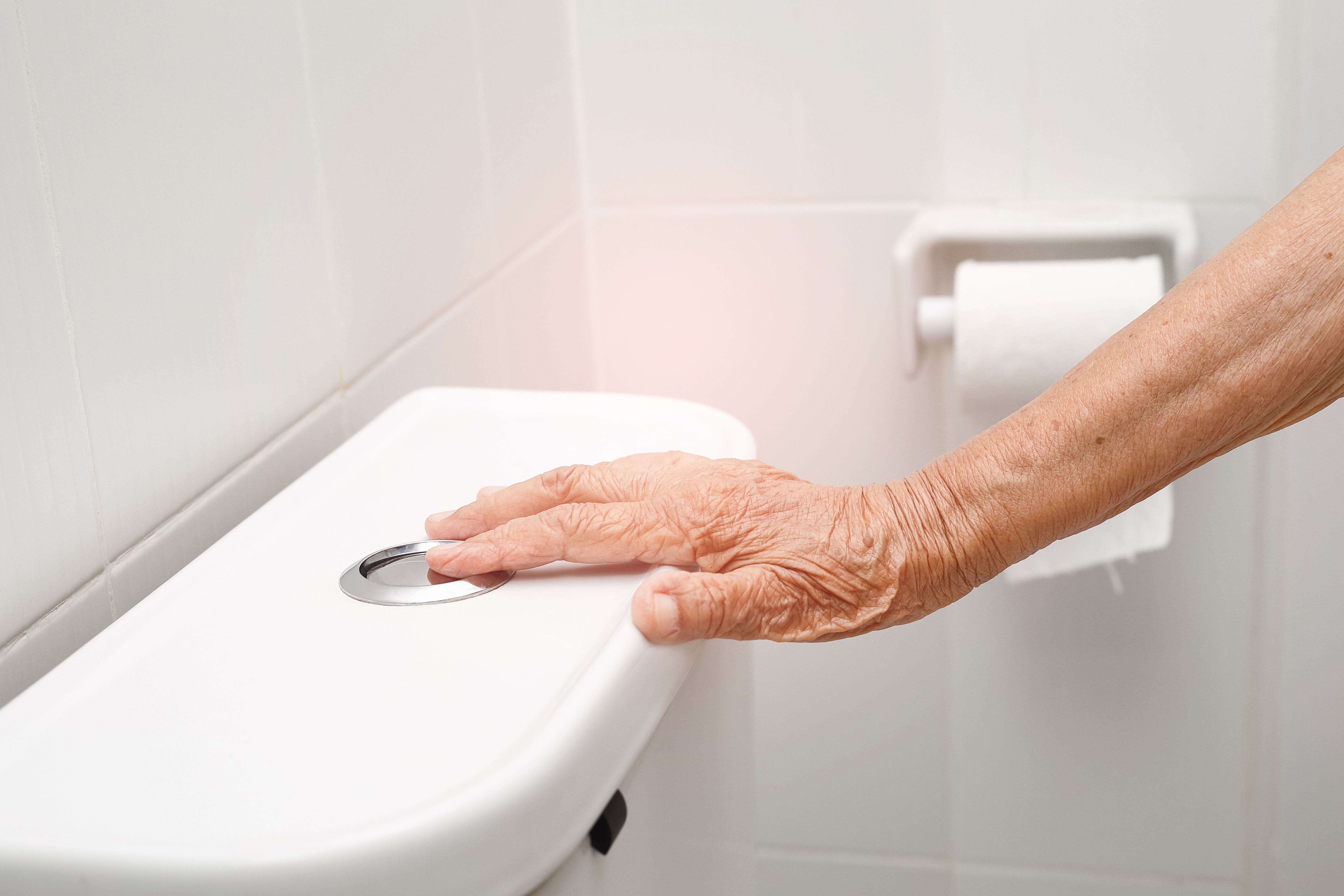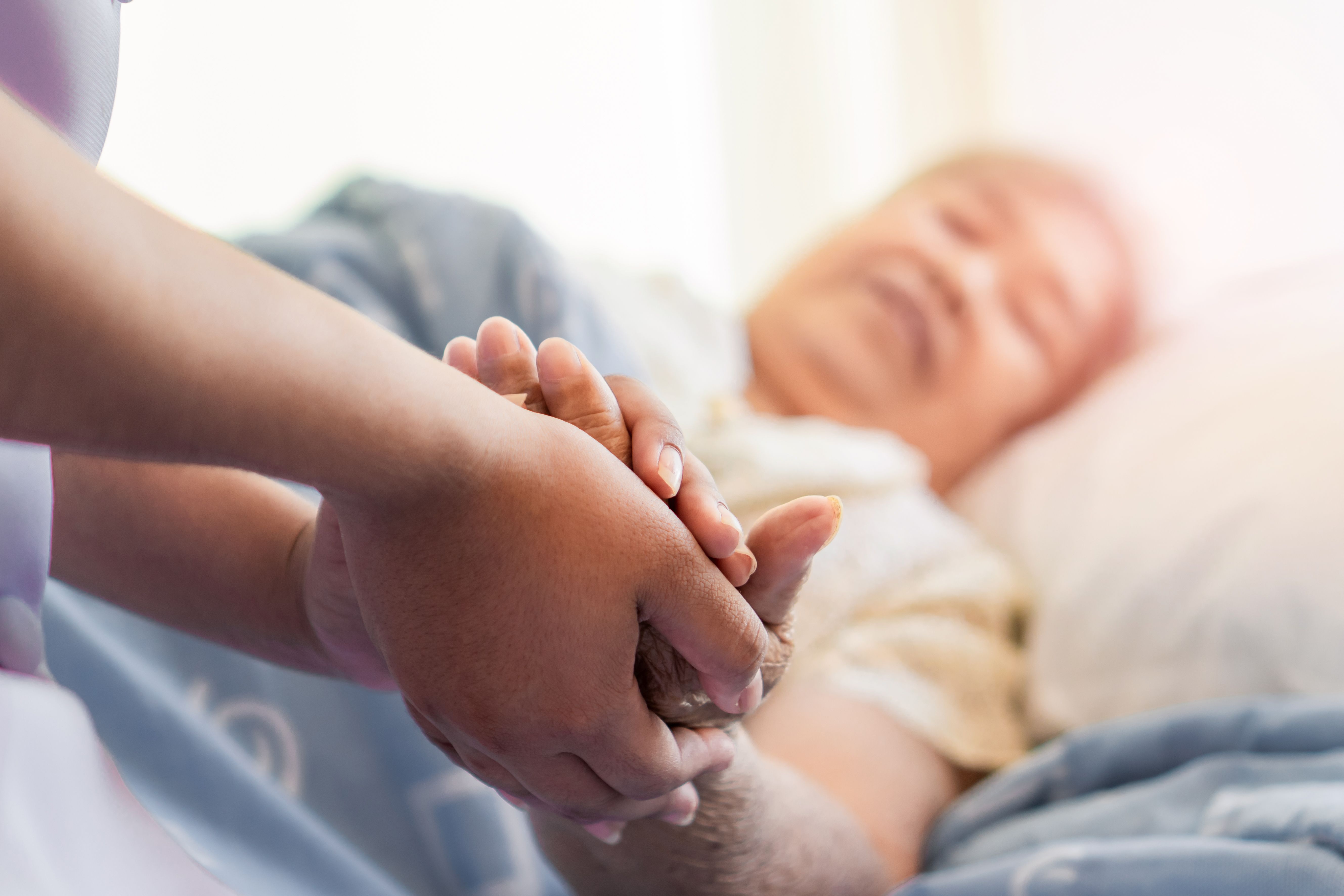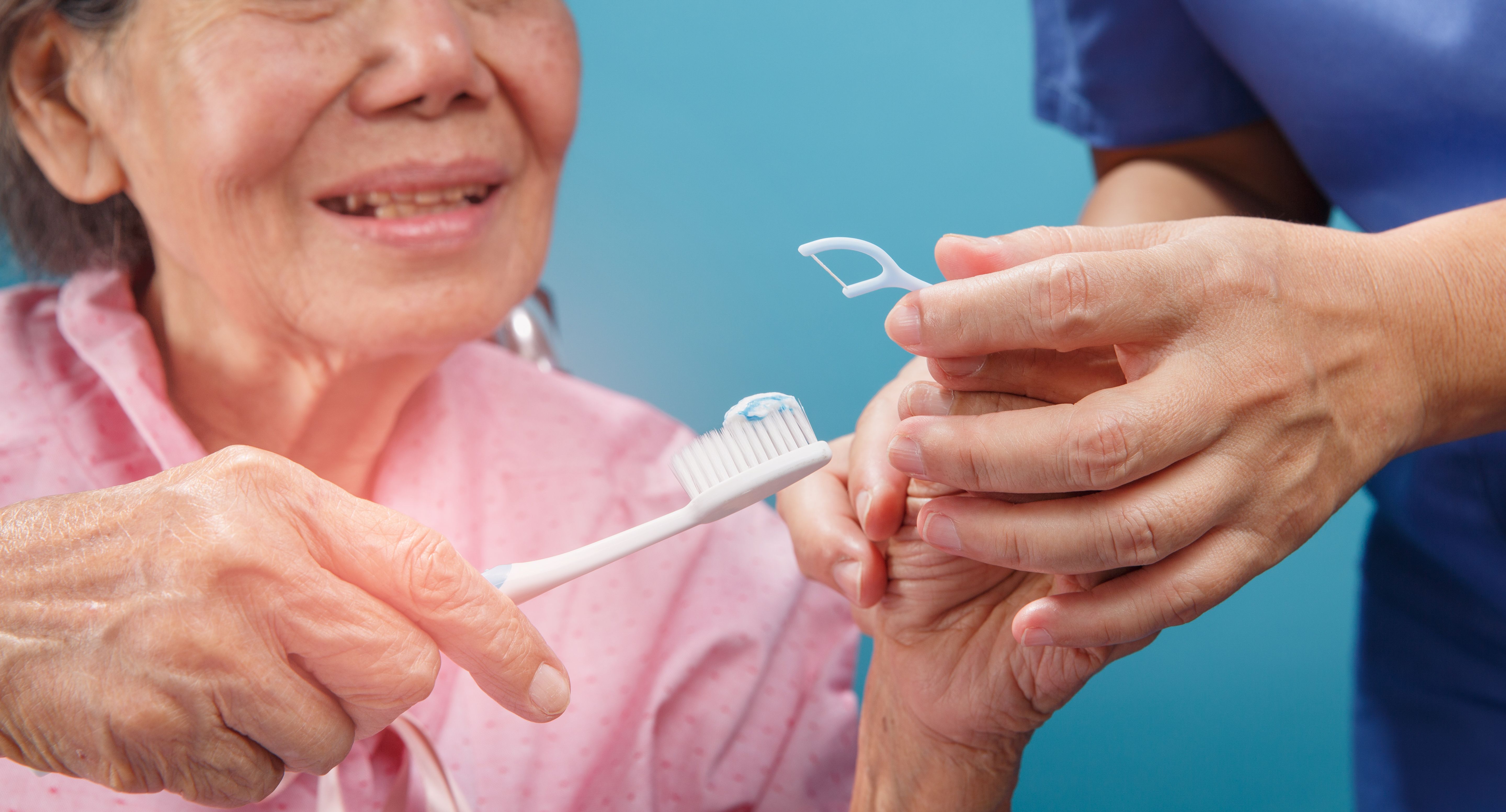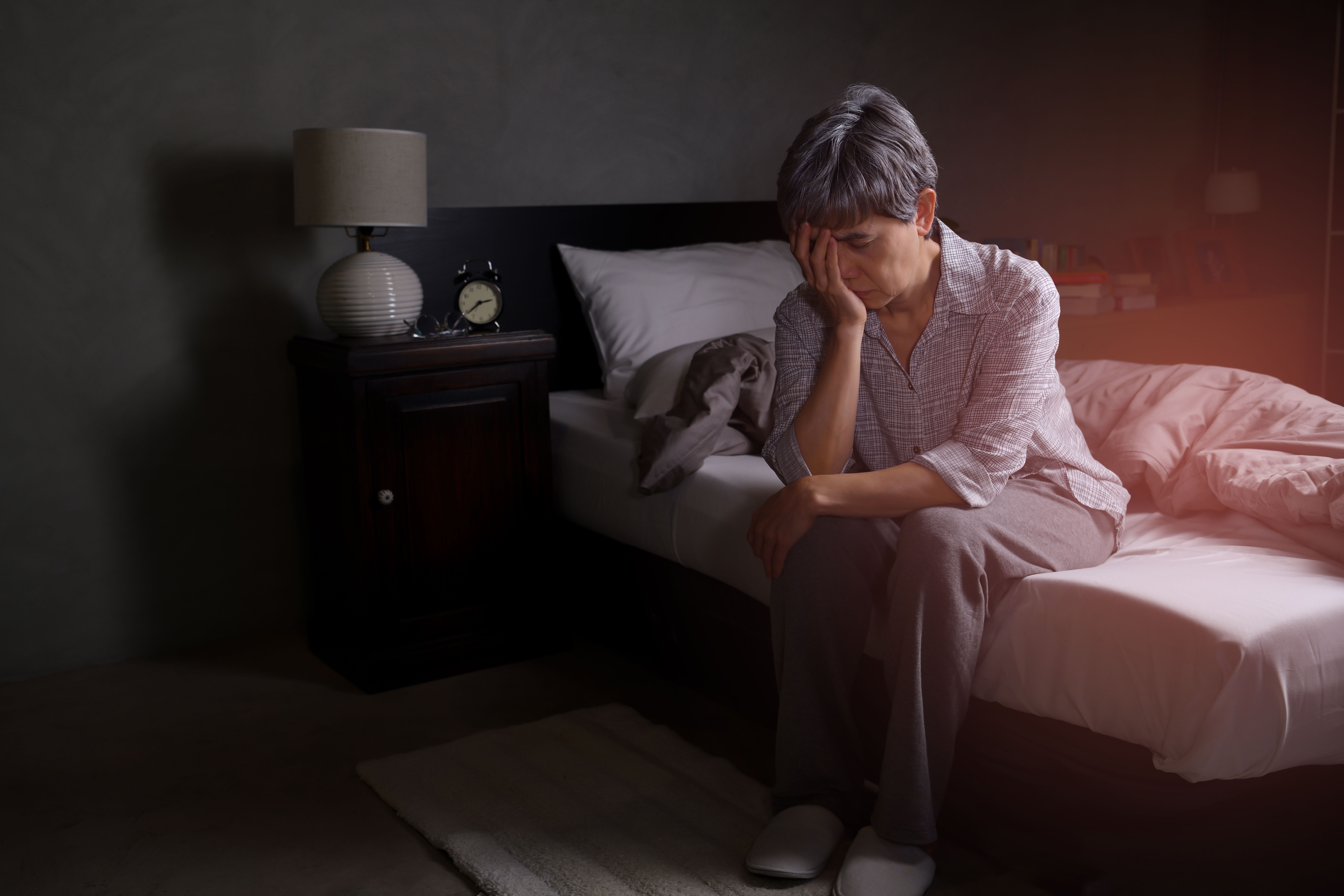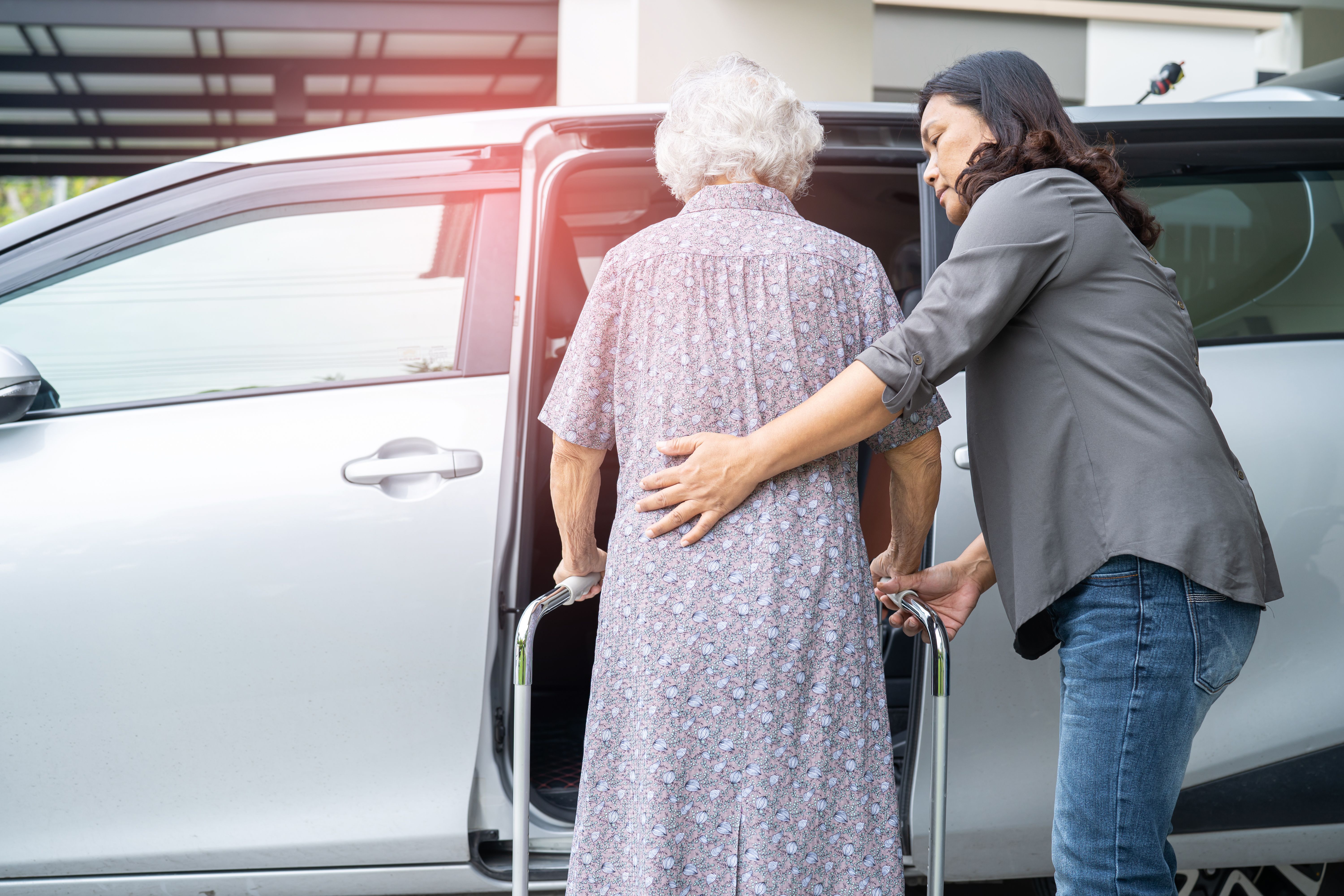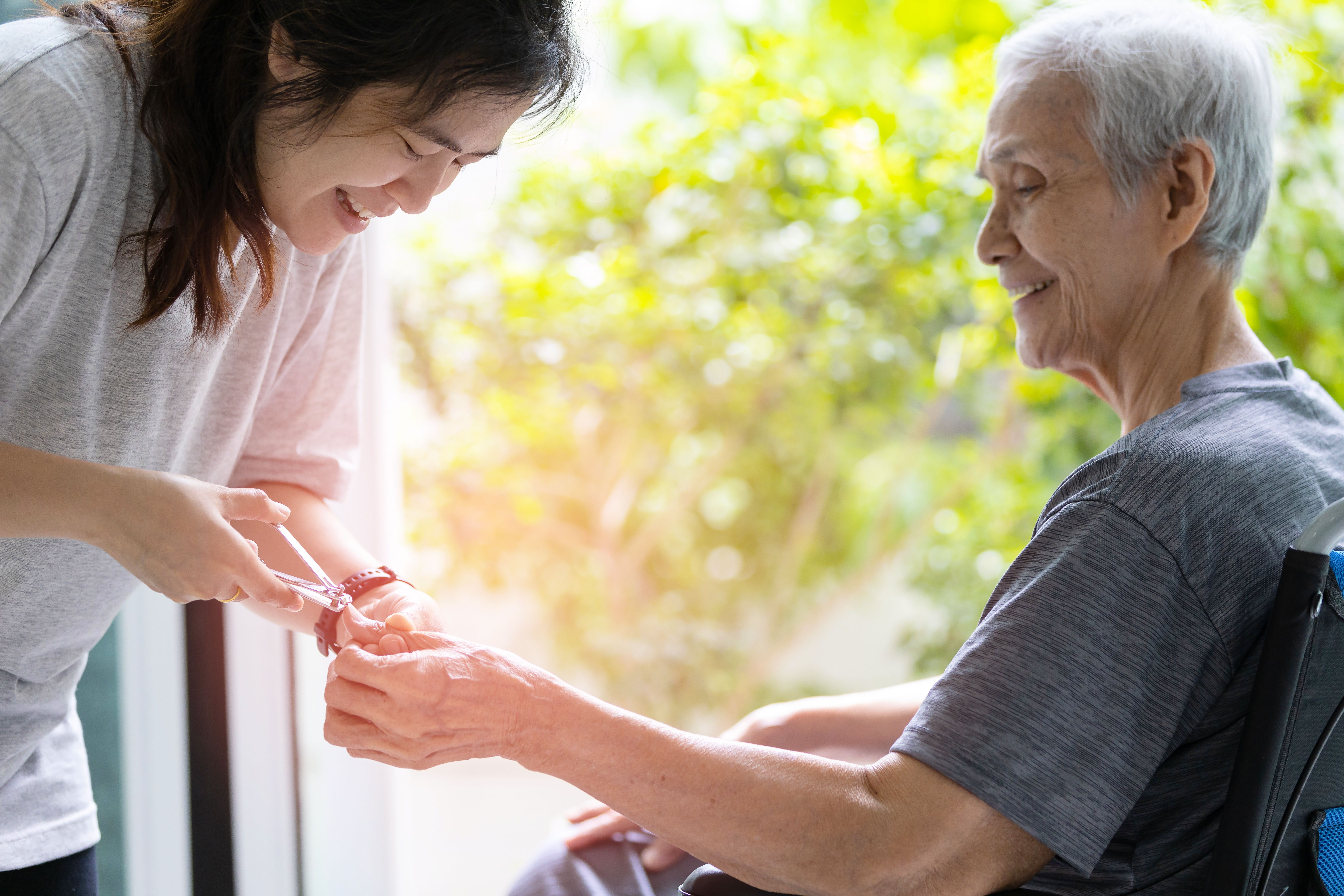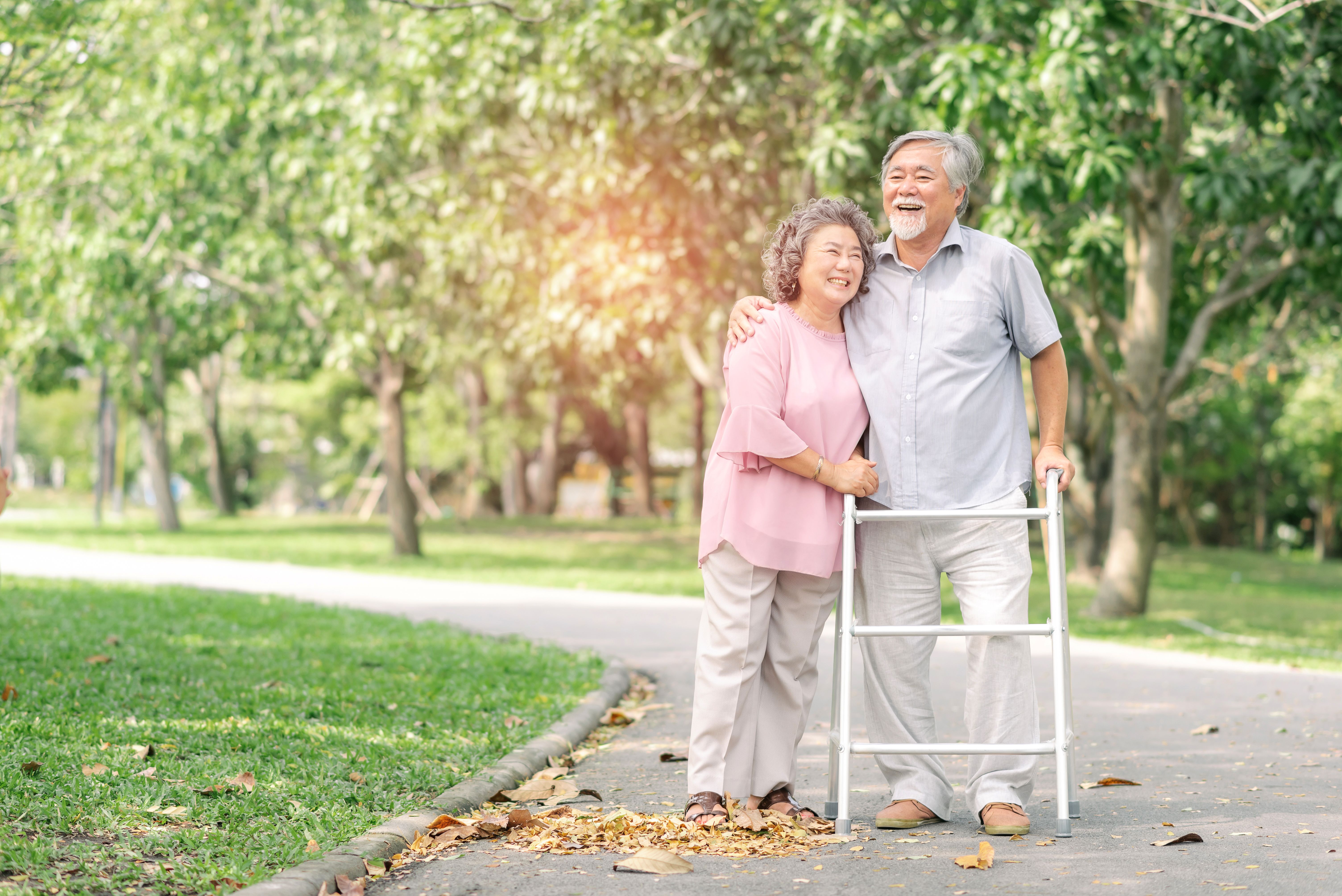Wake up and smell the danger: How to stay safe from deadly fumes
- CareBuddy
- 4 Mins Read
- 20 Sep 2022
- First Aid & CPR
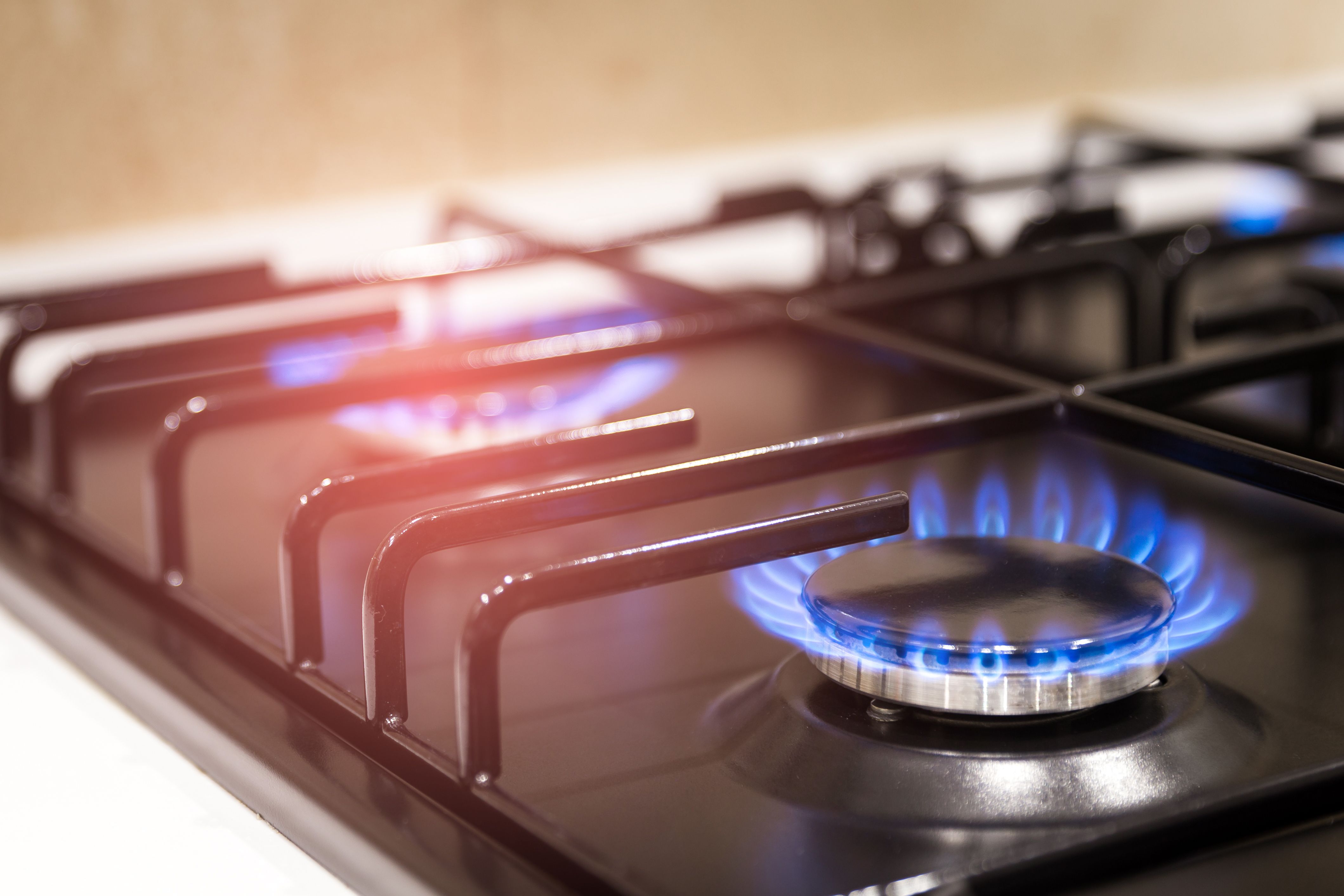
You don’t see it, you don’t hear it, but it’s there and it’s deadly. Many everyday objects around us can generate toxic fumes that kill.
A common killer is carbon monoxide, which can come from
- Automobiles
- Cooking appliances like portable stoves
- Lanterns
- Heaters
- Tobacco smoke
- Fuel-burning appliances in camps, barbecue pits and spa heaters
Carbon monoxide poisoning is deadly because it is a gas that combines with hemoglobin in our red blood cells. Hemoglobin is the protein that carries oxygen to every cell in our body to keep us alive. Oxygen binds reversibly to hemoglobin and unbinds from it when it reaches the cell.
A chemical reaction between carbon monoxide and hemoglobin creates a new compound called carboxyhemoglobin. This means fewer hemoglobin molecules that are free to bind with oxygen and carry it. This ultimately leads to oxygen shortage in many parts of the body.
Symptoms of carbon monoxide poisoning
The lack of oxygen in many parts of the body due to carbon monoxide inhalation can cause
- Headaches
- Nausea and vomiting
- Dizziness
- Breathlessness
- A rapid heartbeat
- Seizures
- Chest pain
- Blurry vision
- Collapse
- Loss of consciousness
First aid for carbon monoxide poisoning
If immediate first aid is not provided, carbon monoxide poisoning can result in death due to insufficient oxygen reaching the brain and other vital organs.
Here’s what you can do if someone around you is showing symptoms of carbon monoxide poisoning:
- Ensure your own safety. If you suspect carbon monoxide poisoning, try to turn off the source if possible Encourage good air circulation in that area and as far as possible, minimize your own exposure. You do not want to be a victim too.
- Move the affected person to an open area with fresh air.
- Make them sit on their side, not their back. This is to ensure that in case they vomit, they don’t choke on their own vomit.
- Maintain their airway and ensure that they can breathe uninterrupted.
- Perform hands-only CPR in case of respiratory arrest (if they have difficulty breathing). Find out more about CPR at [Read article]
- Call 995 for emergency medical help and prepare for evacuation.
Ways to prevent carbon monoxide inhalation
- Check your household appliances regularly and have them replaced at timely intervals before they become too old.
- Use fuel-burning heaters only in well-ventilated areas and not in small enclosed spaces.
- Don’t keep vehicle engines running in an enclosed area with poor ventilation. Never stay inside the vehicle with the engine running but stationary.
Other gases to watch out for
Smoke contains other chemicals such as hydrogen chloride, sulphur dioxide and ammonia which can cause swelling and damage to the windpipe, breathing passages and lungs. The best way to deal with this is to simply take the person away from the source of smoke and let them breathe fresh air. Follow the same steps described above in first aid for carbon monoxide poisoning.
Article reviewed by Dr Kenneth Koh Eu Min, Medical Director and Co-founder, OneCare Medical
